Radio Shack 2101706 40-Channel Citizen Band Transceiver User Manual 21 1706
RadioShack Corporation 40-Channel Citizen Band Transceiver 21 1706
User Manual
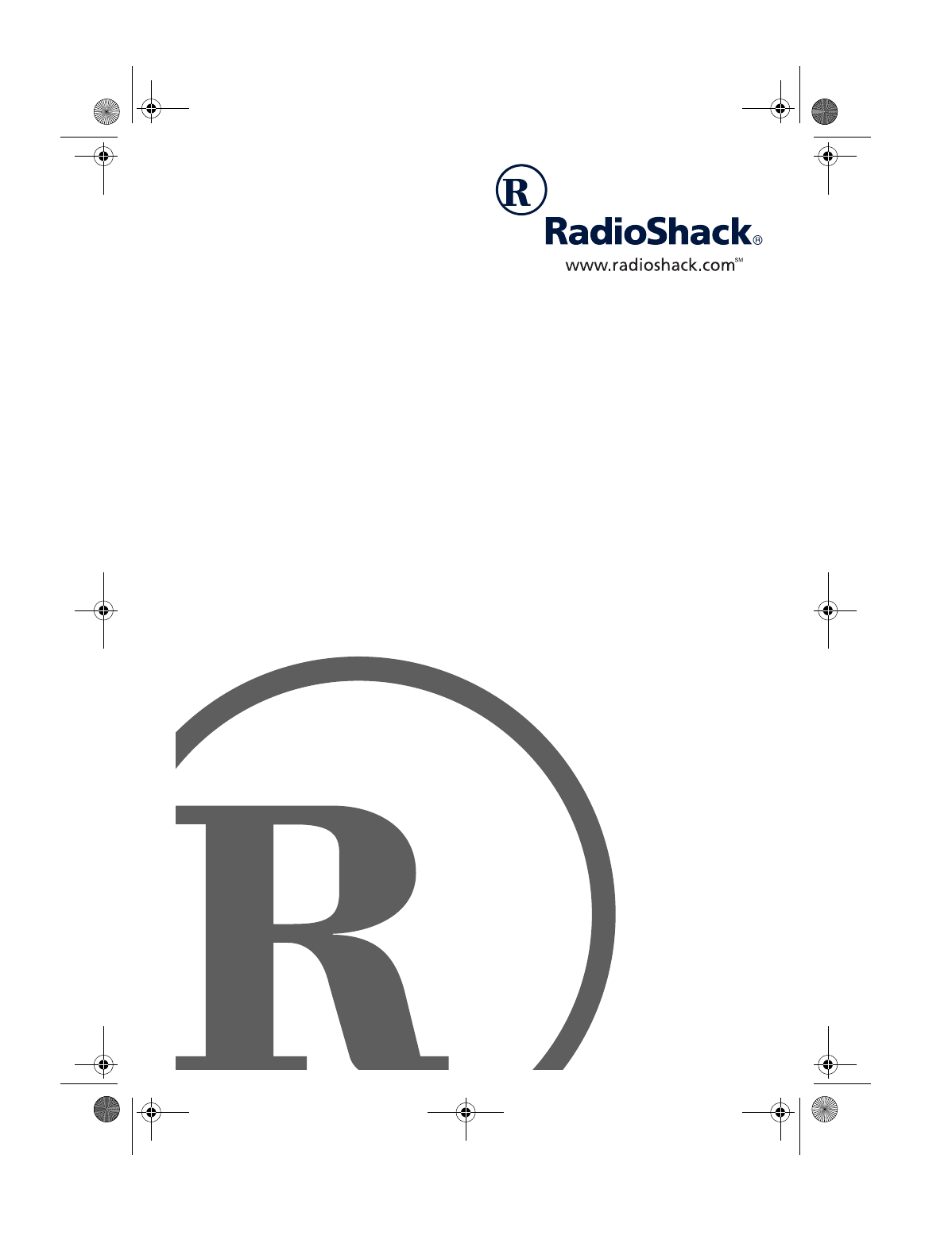
Owner’s Manual
Please read before using this equipment.
40 Channel Mobile CB
with Di
g
ital Compass, and EL
Backlit LCD Display
21-1706.fm Page 1 Wednesday, January 9, 2002 8:37 AM
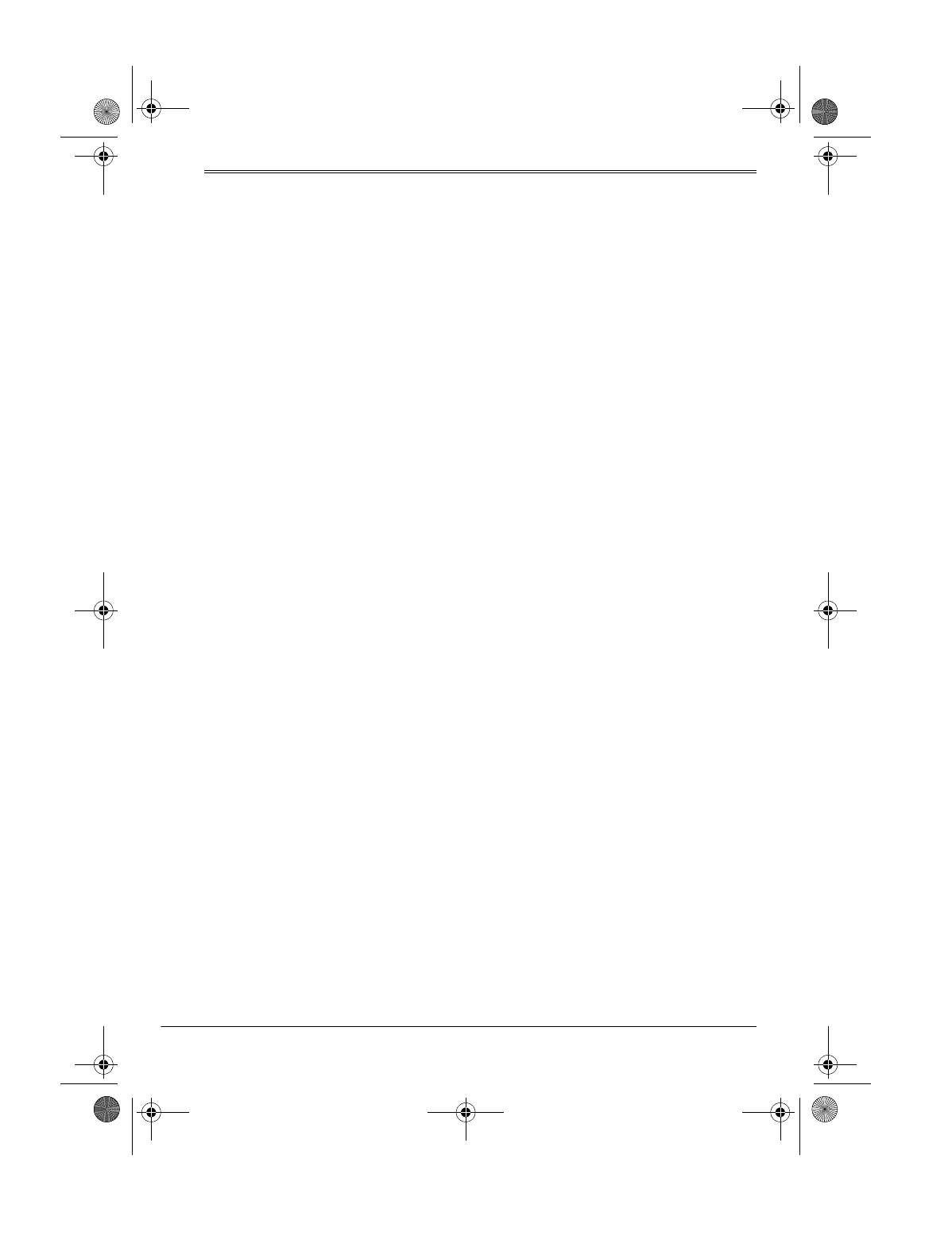
2Features
X
Features
Your RadioShack 40 Channel Mobile CB is a
great way to communicate with other CB
radio operators. You can mount it in a vehicle
for mobile use, or in your home for use as a
base station.
Your CB has these advanced features:
LCD display with EL backlight on display
and controls — lets you see the CB’s
operating status at a glance and helps you
easily see the display and controls when you
use the CB at night.
Digital Compass — aids navigation on the
road.
Emergency Channel One Touch Access
— lets you quickly switch to Channel 9 or 19
so you can monitor or report emergency
situations.
3 Channel Memories — let you easily
access your favorite channels.
Last Channel Recall (RCL) — Lets you
quickly recall the last channel used.
Dual Channel Controls — let you tune the
channel from the transceiver or the
microphone.
RF Gain Control — lets you adjust the
receiver’s gain to match the strength of the
signal.
Phase-Locked Loop (PLL) Frequency
Synthesizer — provides highly accurate and
stable tuning.
Two Built-In Ceramic Filters — ensure
superior channel selectivity and freedom
from adjacent channel interference.
Automatic Modulation Control — prevents
the transmitter signal from over-modulating
and distorting.
Automatic Noise Limiter — reduces
impulse-type noises while receiving.
Built-In PA (Public Address) Amplifier —
lets you use your CB as a public address
system when you add an optional PA
speaker.
Universal Mounting Bracket — lets you
mount your CB securely in your vehicle.
Note: To use this CB, you must connect a
mobile or base station antenna. Your local
RadioShack store has a wide variety of
antennas. For more information, see
“Connecting an Antenna” on Page 4.
FCC INFORMATION
The Federal Communications Commission
(FCC) does not require you to have a license
to operate this CB radio. However, you must
know Part 95 of
FCC Rules
. It explains the
proper operation of a Class D citizen’s band
transceiver. We enclosed a copy of Part 95
with your CB radio.
Warning: Do not open the CB radio to make
any internal adjustments. A CB radio is set
up to transmit a regulated signal on an
assigned frequency. It is against the law to
alter or adjust the settings inside the unit to
exceed these limitations.
To be safe and sure:
• Never open your CB radio’s case.
• Never change or replace anything in
your CB radio.
© 2002 RadioShack Corporation.
All Rights Reserved.
RadioShack and RadioShack.com are trademarks used by RadioShack Corporation.
21-1706.fm Page 2 Wednesday, January 9, 2002 8:37 AM
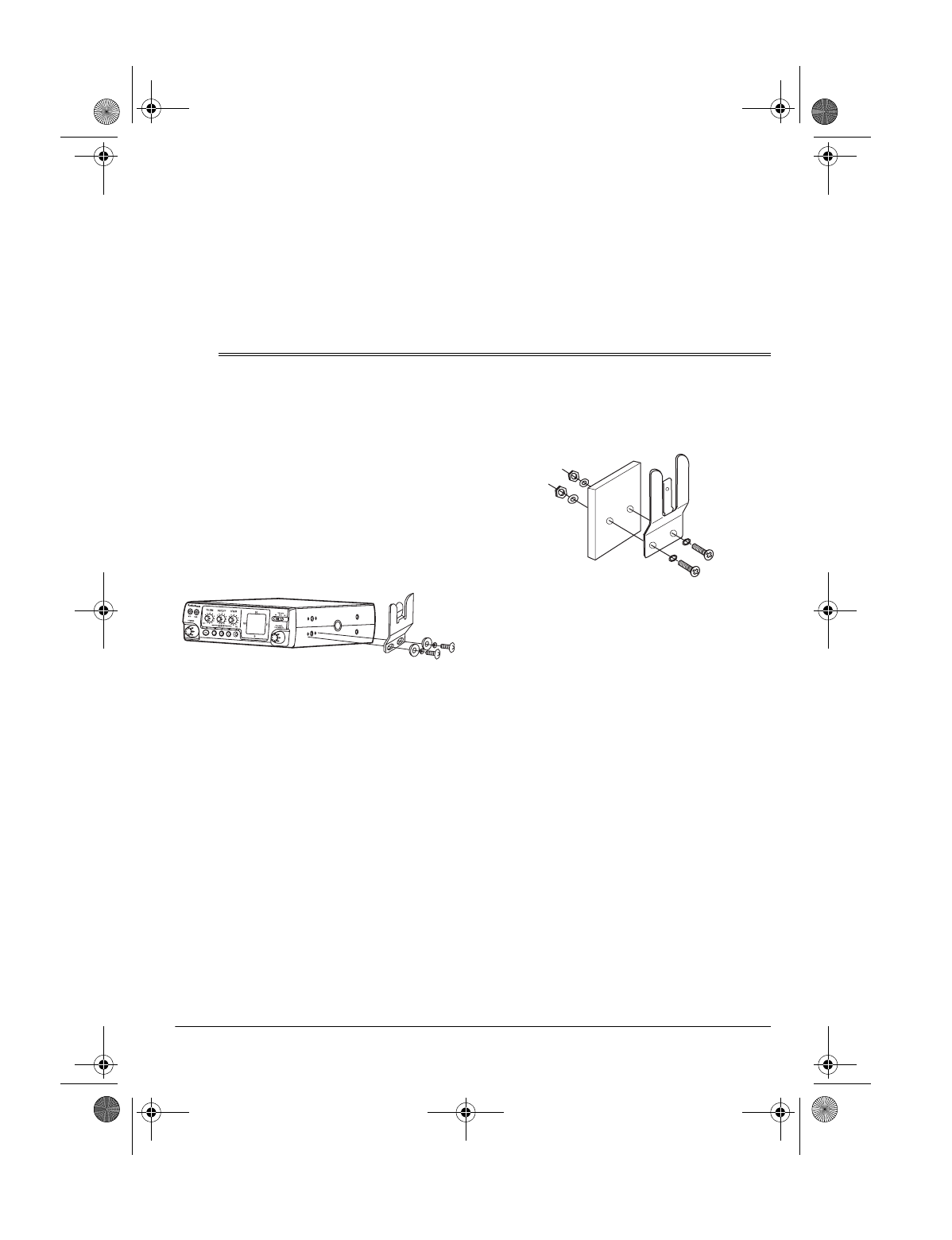
3
Installation
Your CB radio might cause TV or radio
interference even when it is operating
properly. To determine whether your CB is
causing the interference, turn off your CB. If
the interference goes away, your CB is
causing it. Try to eliminate the interference
by:
• moving your CB away from the receiver
• contacting your local RadioShack store
for help
This device complies with Part 15 of the
following two conditions: (1) this device may
not cause harmful interference, and (2) this
device must accept any interference
received, including interference that may
cause undesired operation.
X
Installation
ATTACHING THE
MICROPHONE HOLDER
You can attach the microphone holder to the
right side of the transceiver or to another
location in your vehicle.
To attach the holder to the transceiver,
secure the holder to the right side using the
supplied 3 mm screws and lock washer.
To attach the holder to another location in
the vehicle, such as the dashboard, follow
these steps.
1. Using the holder as a template, mark the
positions for the mounting screw holes
at the desired location.
2. At each marked position, drill a small
starter hole.
Caution: Be careful not to drill into
anything behind the mounting surface.
3. Attach the holder at the mounting
location using the supplied machine
screws, spring washers, plain washers,
and nuts.
Note: If you cannot reach behind the
mounting surface to attach the nuts on
the machine screws, use the supplied 3
mm plain washers and self-tapping
screws.
MOUNTING THE
TRANSCEIVER
The most common mounting location for this
CB is under a vehicle’s dashboard. However,
if you plan to use the CB as a base station,
you can place it on a desk, shelf, or table
(see “Using the Transceiver as a Base
Station” on Page 6).
If you are mounting the CB in a vehicle,
choose a location where:
• You can easily reach the CB.
• Wires and cables are clear of the
vehicle’s pedals or other moving parts.
21-1706.fm Page 3 Wednesday, January 9, 2002 8:37 AM
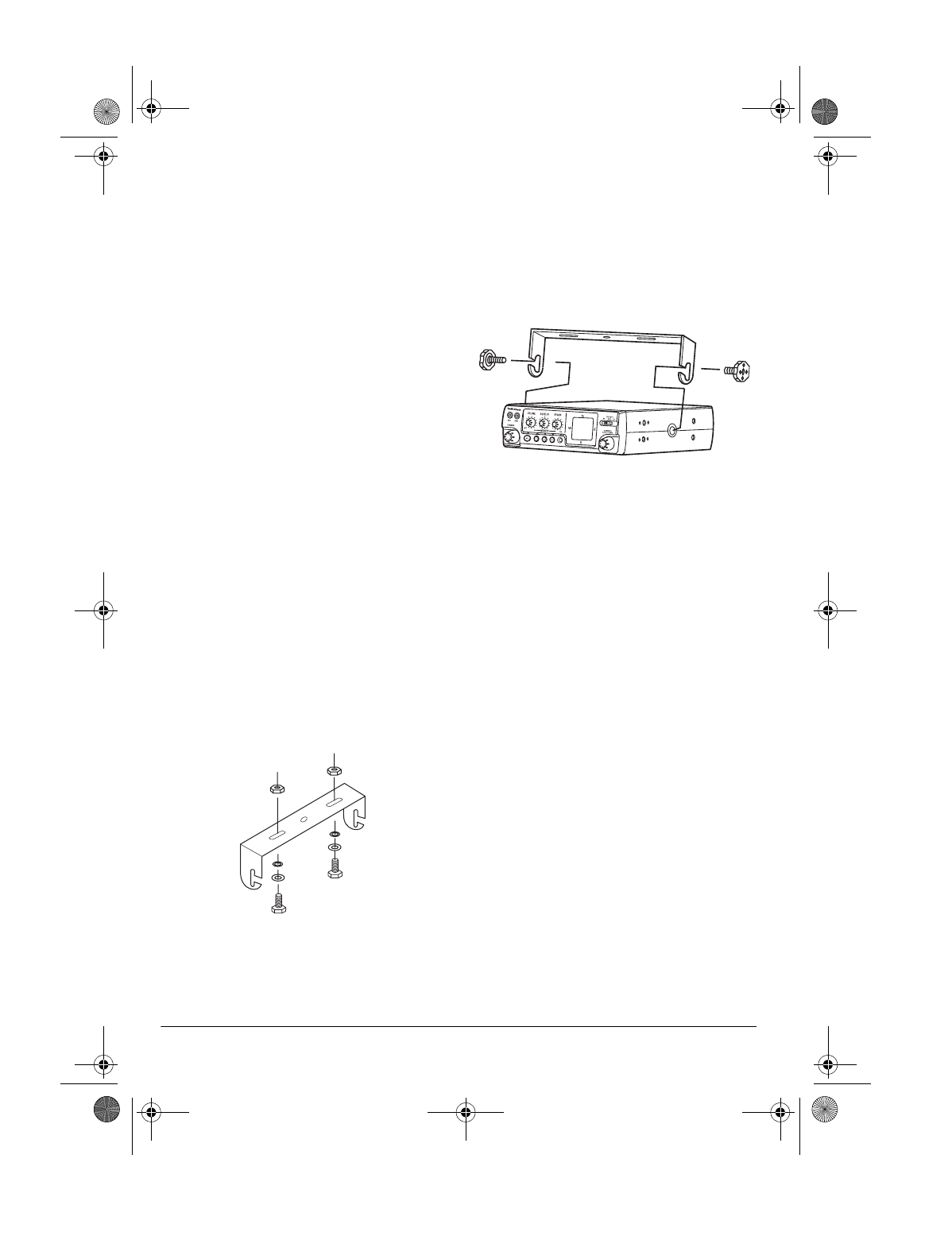
4Installation
• The CB is not directly in front of heating
vents.
• All wires and cables can reach their
connection points.
Warnings:
• If you use the CB in a vehicle, mount it
securely to avoid damage to the CB or
vehicle or injury to anyone in the vehicle
during sudden starts or stops.
• Do not mount the CB where it could
damage or interfere with the operation of
any passive restraint safety device (an
airbag or seat belt).
Follow these steps to mount the CB using
the supplied hardware.
1. Using the mounting bracket as a
template, mark the positions for the
screw holes on the mounting surface.
2. In each marked location, drill a small
starter hole.
Caution: Be careful not to drill into
objects behind the mounting surface.
3. Mount the bracket to the mounting
surface with the supplied 5 mm bolts,
spring washers, plain washers, and
nuts.
Note: If you cannot reach behind the
mounting surface to attach the nuts on
the bolts, use the supplied 5 mm self-
tapping screws and plain washers to
secure the bracket.
4. Peel the backings off the adhesive on
the back of the supplied rubber washers
and attach the washers to the mounting
holes on the CB. then attach the CB to
the mounting bracket using the
mounting knobs.
CONNECTING AN ANTENNA
There are many different types of CB
antennas for mobile CBs. Each type has its
own benefits, so choose the one that best
meets your needs. Your cal RadioShack
store sells a wide variety of antennas.
Note: If you are using this CB as a base
station, see “Using the Transceiver as a
Base Station” on Page 6.
When you choose an antenna, keep in mind
that, for the best performance, you should
mount the antenna:
• as high as possible on the vehicle
• as far as possible from sources of
electrical noise
• vertically
Once you choose an antenna, follow its
mounting instructions. Then route the cable
to the transceiver and connect the cable to
21-1706.fm Page 4 Wednesday, January 9, 2002 8:37 AM
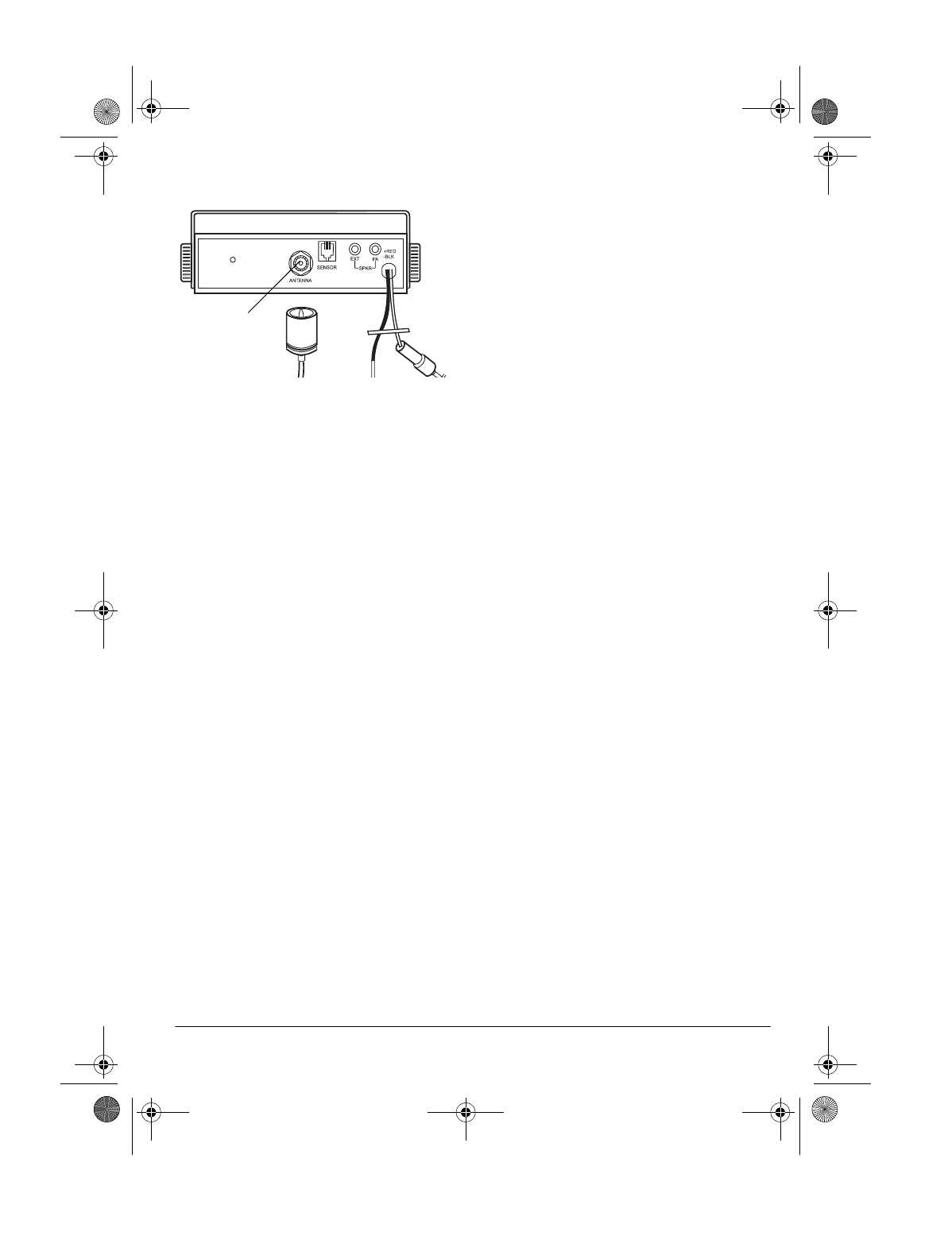
5
Installation
the ANTENNA jack on the back of the
transceiver.
Cautions:
• Avoid routing the cable next to sharp
edges or moving parts, which might
damage the cable.
• Do not run the cable next to power
cables or other radio antenna cables.
• Do not run the cable through the engine
compartment or other areas that
produce extreme heat.
To take advantage of your radio’s maximum
range, adjust the antenna’s Standing Wave
Ratio (SWR) using an SWR meter (not
supplied).
Follow the instructions supplied with the
SWR meter and antenna to adjust your
antenna’s SWR to the lowest possible value.
SWR values of 2.0:1 are generally
acceptable, with readings of 1.5:1 or lower
being more desirable.
CONNECTING THE
MICROPHONE
Align the tab on the side of the supplied
microphone’s plug with the notch in the
microphone jack (on the side of the
transceiver). Then insert the plug into the
jack.
Slide the microphone onto the microphone
holder.
To disconnect the microphone from the
transceiver, press the tab on the side of the
plug. Then pull out the plug.
Caution: Never pull on the microphone
cable.
CONNECTING AN
EXTERNAL SPEAKER
You can connect your transceiver to an
external CB speaker, so you can hear an
incoming call when you are outside your
vehicle, or use the CB as a PA system.
Connecting a CB Speaker
The external speaker you use with the
transceiver should have an impedance of 8
ohms and be able to handle 10 watts of
power. The speaker cable must have a 1/8-
inch plug.
To connect the external speaker to the
transceiver, insert the speaker cable’s plug
into EXT SPKR on the back of the CB.
Note: When you connect an external
speaker, the CB’s internal speaker
disconnects.
Connecting a PA Speaker
The PA speaker should have an impedance
of 8 ohms and be able to handle 10 watts of
power. The speaker cable must have a 1/8-
inch plug.
If your PA speaker meets the other
specifications but does not already have a 1/
8-inch plug, you can connect it using a phono
plug-to-wire cable, available at your local
RadioShack store.
To connect the PA speaker to the
transceiver, insert the speaker cable’s plug
into PA SPKR on the back of the CB.
Antenna
21-1706.fm Page 5 Wednesday, January 9, 2002 8:37 AM
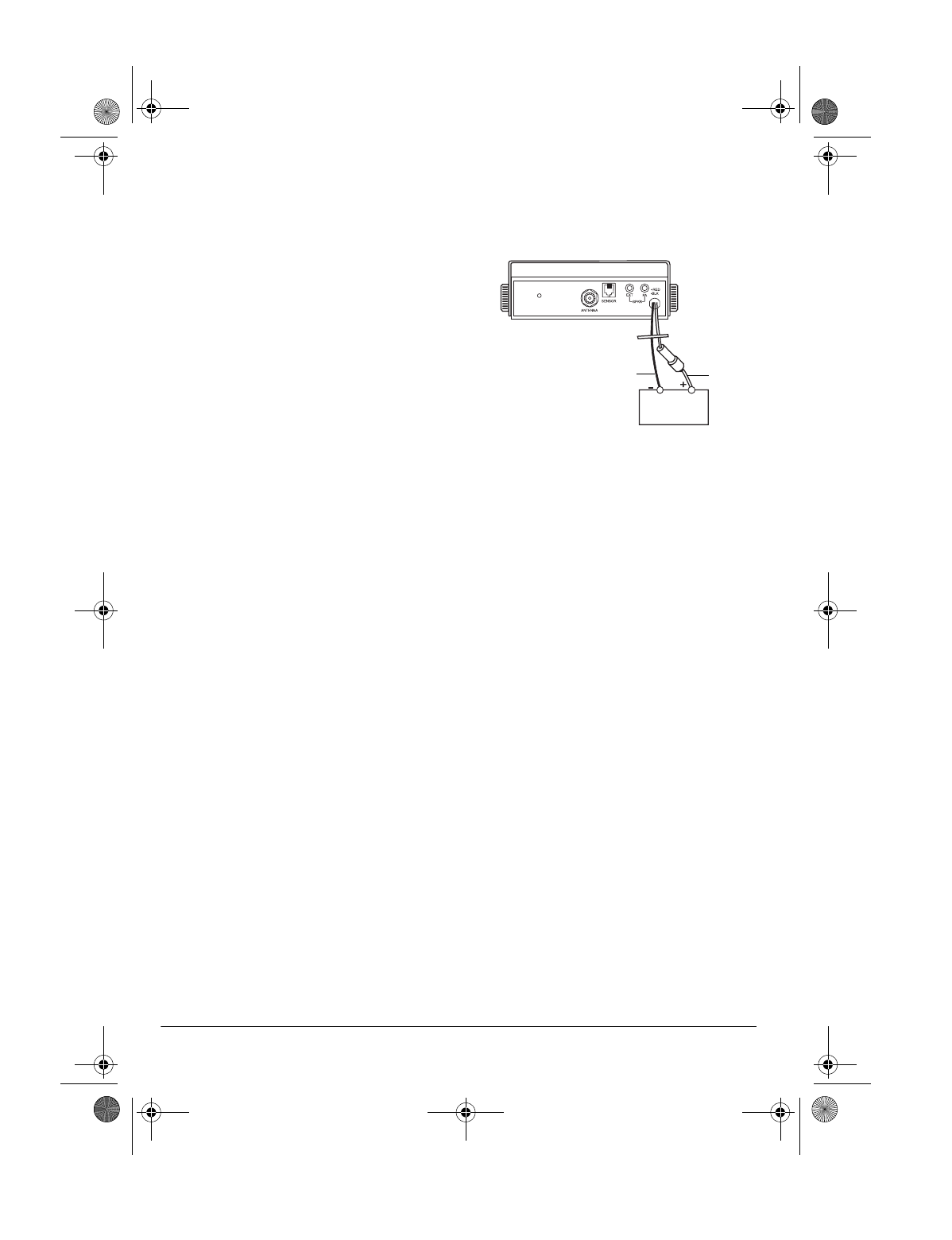
6Installation
Note: To avoid acoustic feedback, the
speaker should be at least 6 feet from the
CB. If you experience feedback, avoid keying
the microphone until you have moved the
speaker away from the CB.
CONNECTING THE
COMPASS
Insert the compass cable’s plug into SENSOR
on the back of the CB. Do not place the
compass cable near the DC cord or the
antenna cable.
CONNECTING AN
OPTIONAL MICROPHONE/
EARPHONE
You can connect an optional microphone or
earphone with a 3/32-inch (2.5mm) mini plug
and a 1/8-inch (3.5mm) plug to the MIC/EAR
jacks on the front of the CB.
To connect a headset with Voice Activated
operation, we recommend you check the
response sensitivity of the VOX circuit before
installation. Different Voice Activation
devices provide different performance
results.
Traffic Safety
Do not use an earphone with your
transceiver when operating a motor vehicle
in or near traffic. Doing so can create a traffic
hazard and could be illegal in some areas.
If you use an earphone with your transceiver
be very careful. Do not listen to a continuous
broadcast. Even though some earphones/
headphones let you hear some outside
sounds when listening at normal volume
levels, they still can present a traffic hazard.
USING VEHICLE BATTERY
POWER
Follow these steps to connect the transceiver
to vehicle battery power.
1. Connect the red wire (with the inline
fuse holder) on the back of the
transceiver to a point in your vehicle’s
fuse block that has power only when the
ignition is in the ACC (accessory) or ON
position.
2. Connect the black wire to a metal part of
the vehicle’s frame (chassis ground).
Caution: Do not connect the black wire
to a non-metallic (plastic) part, or to any
part insulated from the vehicle’s chassis
by a non-metallic part.
USING THE TRANSCEIVER
AS A BASE STATION
Although this transceiver is designed mainly
for mobile use, you can also use it as a base
station with an AC power source.
For base station installation, you need these
items:
• 12-volt DC power supply that can supply
at least 2 amps
Caution: Most 12-volt DC power
supplies plug into a standard AC outlet
to produce DC power. Before
connecting your CB to a 12-volt DC
Red
Black
21-1706.fm Page 6 Wednesday, January 9, 2002 8:37 AM
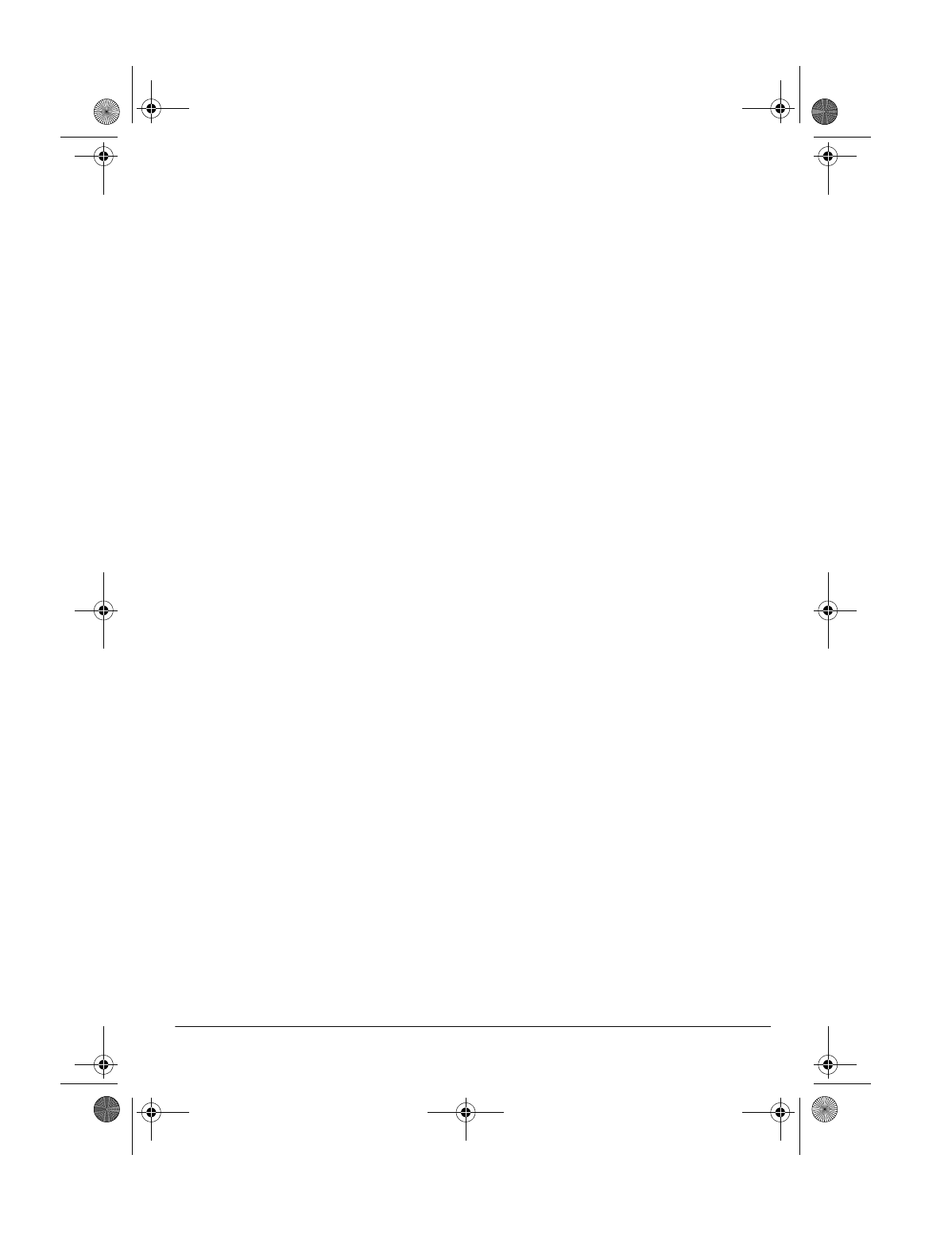
7
Installation
power supply, read and follow the
instructions included with the power
supply.
• base station antenna.
• coaxial antenna cable and connectors,
available at your RadioShack store.
For the best performance, place the antenna
as far as the cable length.
Caution: To prevent damage to the CB, be
sure you connect an antenna and the
microphone before you use your CB.
Follow these steps to install the CB as a
base station.
1. Mount the base station antenna as
described in its owner’s manual.
Warning: Use extreme caution when
you install or remove a base station CB
antenna. If the antenna starts to fall, let it
go! It could contact overhead power
lines. If the antenna touches a power
line, contact with the antenna, mast,
cable, or guy wires can cause
electrocution and death. Call the power
company to remove the antenna. Do not
attempt to do so yourself!
Caution: To comply with the FCC RF
Exposure compliance requirements, a
separation distance of at least 20.0 cm
must be maintained between this
device’s antenna and all persons.This
device must transmit with a source-
based time-averaging duty factor not
exceeding 50%.
Note: Installation and Operation
instructions are for satisfying FCC RF
Exposure compliance.
2. Connect the antenna to ANTENNA on
the back of the CB.
3. Connect the transceiver’s black power
wire to the negative (–) terminal on the
DC power supply.
4. Connect the transceiver’s red wire (with
the in-line fuse) to the positive (+)
terminal on the DC power supply.
5. Connect the DC power supply to a
standard AC outlet.
21-1706.fm Page 7 Wednesday, January 9, 2002 8:37 AM
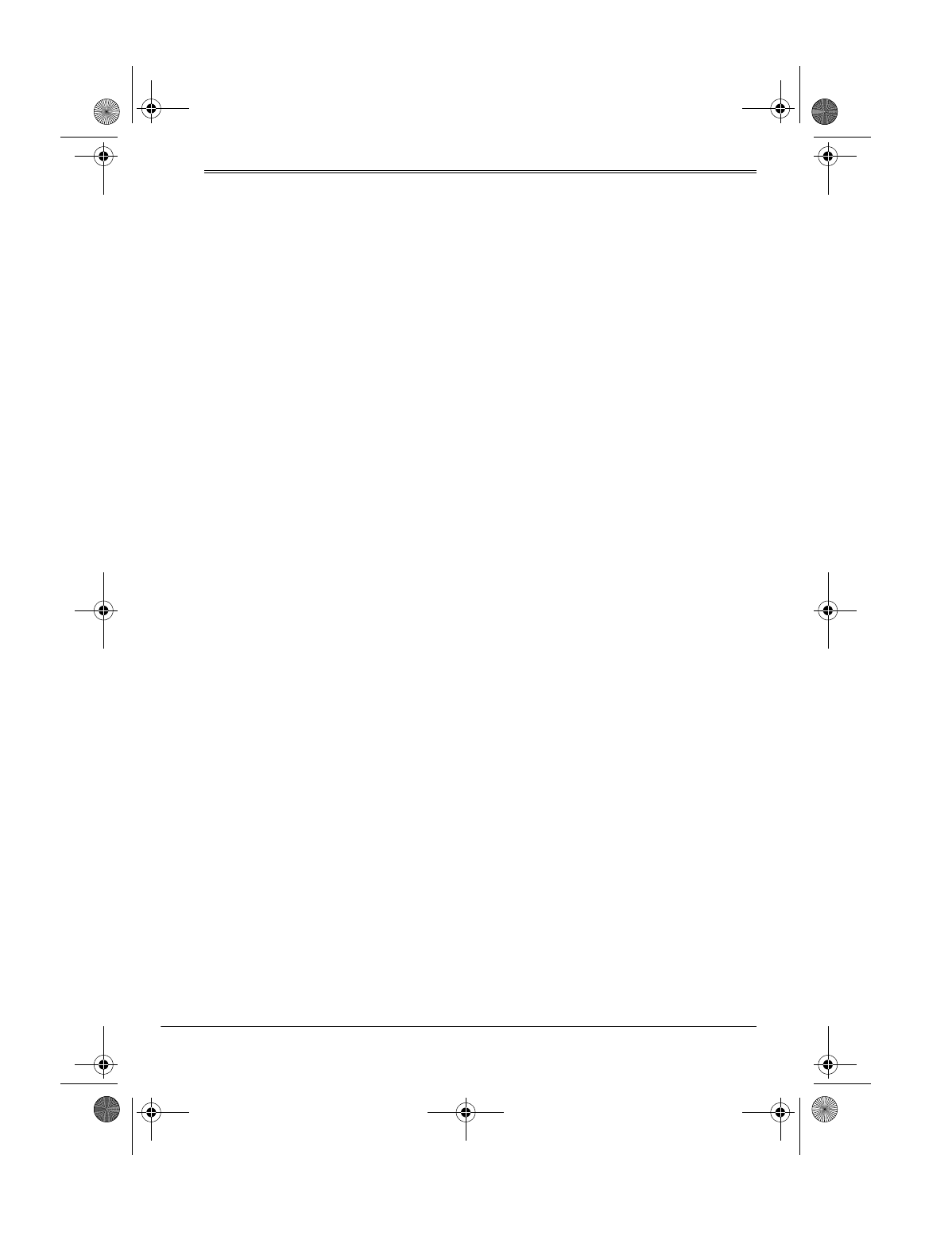
8Operation
X
Operation
Before you use your CB, you should know
how to use it effectively and courteously.
“Transmission Courtesy” on Page 10
contains information that will help you get
more enjoyment from your CB.
RECEIVING
TRANSMISSIONS AND
ADJUSTING SQUELCH
1. Set PA/MON/CB to CB.
2. Turn SQUELCH fully counterclockwise.
3. Turn RF GAIN fully clockwise.
4. Turn on the transceiver by turning
VOLUME clockwise until it clicks. All LCD
segments appear briefly. Then the
channel and HN appear.
5. Rotate the channel selector, or
repeatedly press (or hold down) UP or
DOWN on the microphone until the
desired channel appears.
6. Adjust VOLUME to a comfortable
listening level.
7. To cut out background noise between
transmissions, wait until there is no
signal, then slowly turn SQUELCH
clockwise until the background noise
stops.
Notes:
• To receive very weak signals, turn
SQUELCH counterclockwise. You
hear noise between transmissions,
but you also hear weak transmissions
(those not strong enough to break
through a higher squelch setting).
• If you experience interference from
nearby frequencies, turn RF GAIN
counterclockwise to reduce the
receiver’s sensitivity.
To turn off the CB, turn VOLUME to OFF until
it clicks.
TRANSMITTING
Note: we recommend you try receiving
before you transmit.
Follow Steps 1–7 in “Receiving
Transmissions and Adjusting Squelch.”
To transmit, hold down PUSH TO TALK on the
microphone. JN appears. Hold the
microphone 2–3 inches from your mouth and
speak in a normal tone of voice, then release
PUSH TO TALK when you finish. JN
disappears.
To turn off the CB, turn VOLUME to OFF until
it clicks.
SELECTING THE
EMERGENCY CHANNEL
Important: Channel 9 and Channel 19 are
reserved for motorist assistance and for
reporting emergency information about
accidents, hazardous road conditions, and
so on. Always give emergency messages
priority on Channel 9 or Channel 19.
To select the emergency channel 9, press
the channel selector once. Press again to
select channel 19. / or '/ flashes. Press one
more time to return to the previous selected
channel.
You can also select Channel 9 or 19 by
turning the channel selector or pressing UP
or DOWN on the microphone.
To select another channel, rotate the
channel selector or press UP or DOWN.
21-1706.fm Page 8 Wednesday, January 9, 2002 8:37 AM
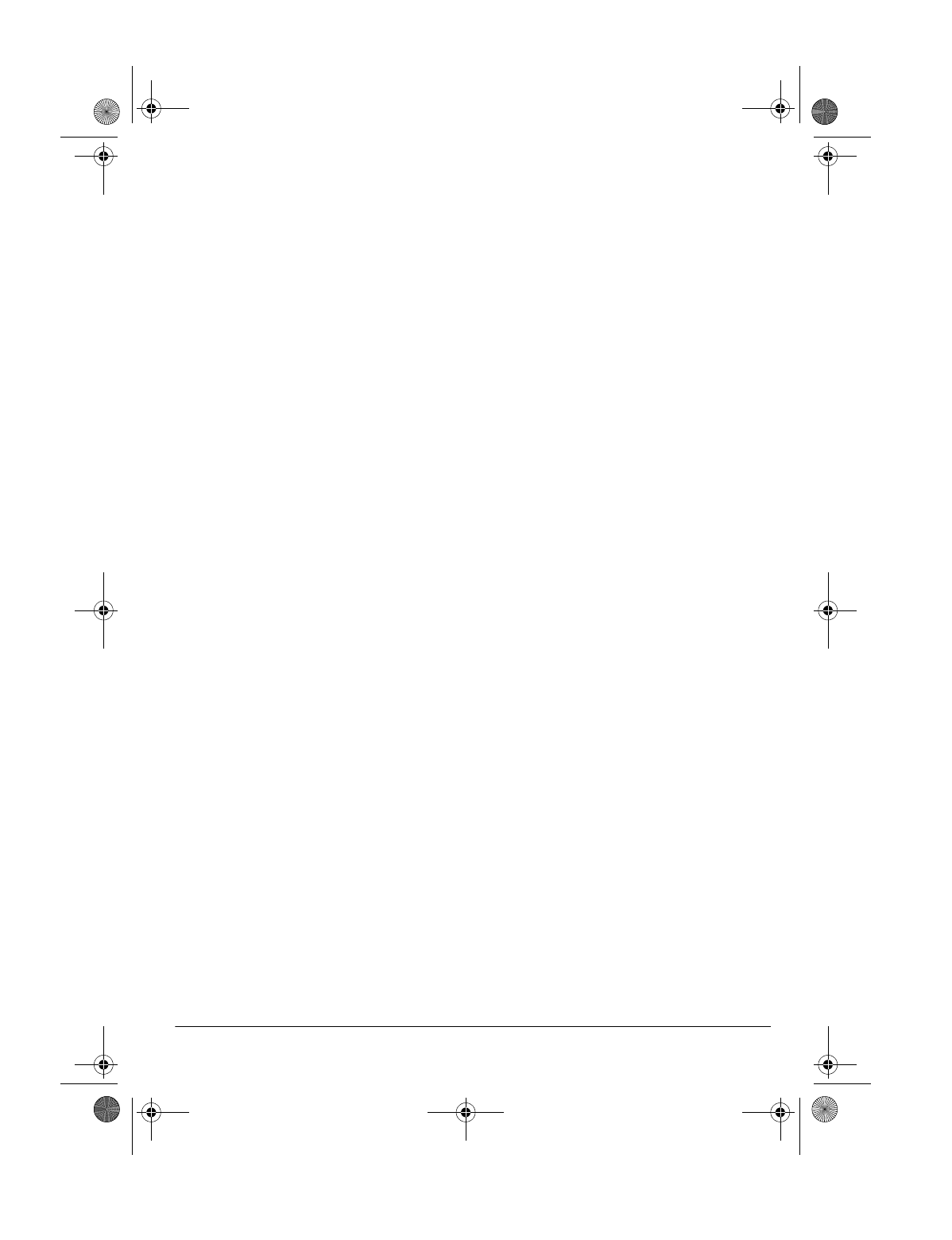
9
Operation
USING THE PA AMPLIFIER
Your CB has a built-in PA (public address)
amplifier. With an optional PA speaker (see
“Connecting a PA Speaker” on Page 5), you
can turn your radio into a mobile public
address system.
1. Turn on the transceiver. Set PA/MON/CB
to PA. F7 appears.
2. To transmit, hold down PUSH TO TALK
on the microphone. Hold the
microphone 2–3 inches from your mouth
and speak in a normal tone of voice.
3. Turn VOLUME for the desired volume
level. If you hear high-pitched squeal,
turn VOLUME counterclockwise until the
squeal stops.
Note: To avoid acoustic feedback, the
speaker should be at least 6 feet from
the CB. If you experience feedback,
avoid keying the microphone until you
have moved the speaker away from the
CB.
To turn off the PA amplifier, turn the
transceiver off. Or, set PA/MON/CB to CB for
CB communication.
USING MONITOR
You can use your CB as a receiver to listen
to transmissions on an optional PA speaker.
With a PA speaker connected, set PA/MON/
CB to MON. Your CB cannot transmit and you
hear sound only from the external PA
speaker.
USING THE COMPASS
You can easily view your current heading at
a glance. There are eight cardinal points on
the display — north, northeast, east,
southeast, south, southwest, west,
northwest. Calibration helps the compass
better separate the earth’s magnetic field
from the magnetic field generated by
external influences (such as your vehicle),
providing more accurate heading
information.
Calibrate the compass anytime you move it,
or whenever distortion continuously appears.
Before calibration, peel off the backing on
one side of the tape and attach the tape to
the back of the compass, then mount the
compass by peeling off the backing on the
other side of the tape, then press the
compass onto the level mounting surface.
Notes:
• Before calibration, end CB transmission
and make sure the CB is not tuned to
the Emergency channel 9 or 19 or in PA
mode.
• Do not calibrate the compass near metal
or a strong magnetic field.
• The compass is not available in TX
mode.
1. Hold down CAL for a second. All eight
cardinal points flash.
2. Drive your vehicle in two complete
circles. Be sure your vehicle is on level
ground, in an open area, such as a
parking lot.
3. Press CAL to confirm calibration
After calibration, the current compass
heading displays. For example, if the
compass heading is south, the south cardinal
point appears. Or, if the compass heading is
northeast-north, the northeast cardinal point
appears and the north cardinal point flashes.
USING MEMORY
You can store three channels in the memory.
The preset channel stored in MEM1, MEM2,
and MEM3 is Channel 1. Press the memory
21-1706.fm Page 9 Wednesday, January 9, 2002 8:37 AM
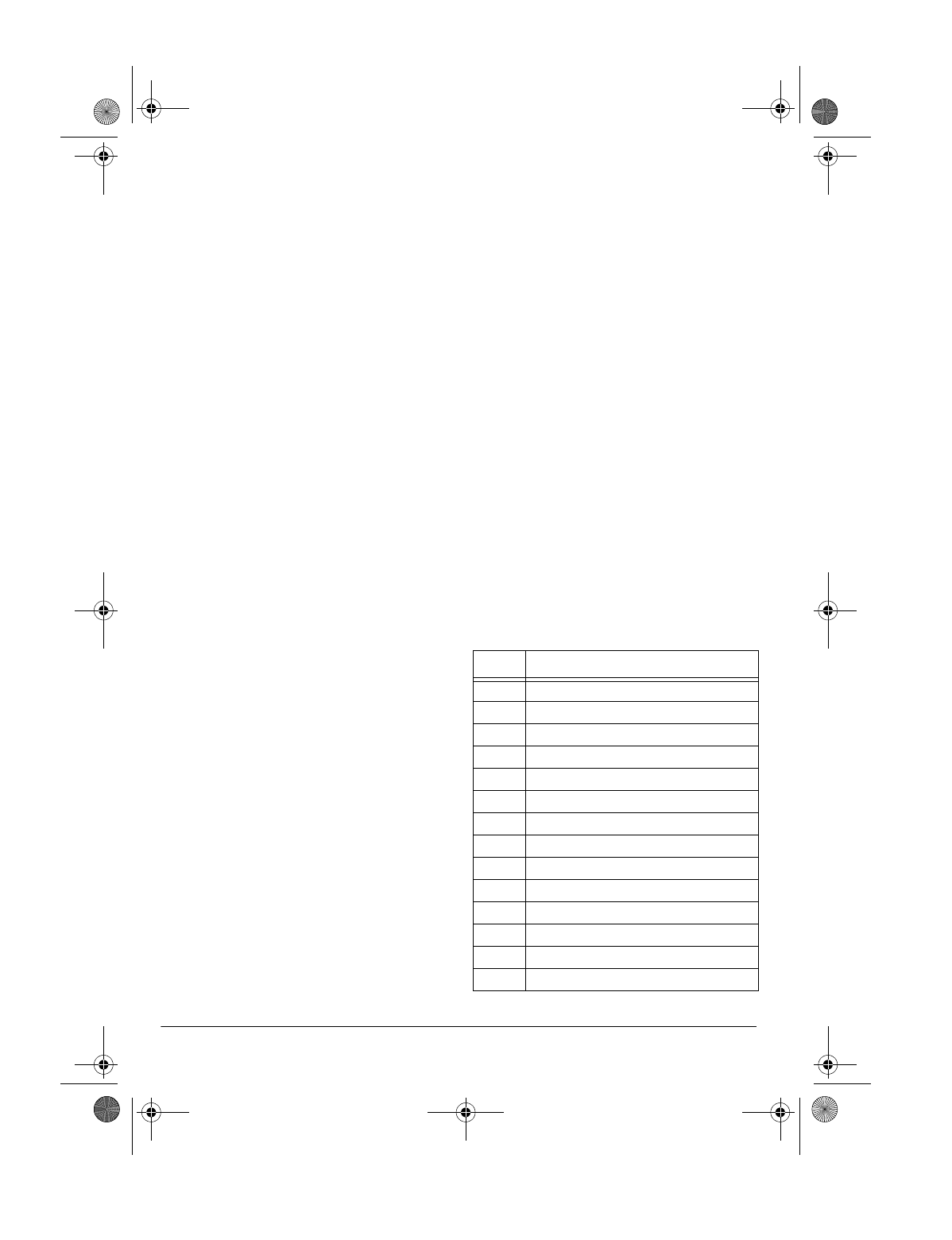
10 Operation
location number to switch to the stored
channel. The channel number, C;C and the
memory location number appear.
Note: When you rotate the channel selector
or press UP or DOWN on the microphone to
turn to the channel stored in the memory,
C;C and the memory location number
appear.
Follow these steps to store a channel in
memory.
1. Select the desired channel.
2. Hold down the desired memory location
button for a second. C;C and the
memory location number flash twice.
USING LAST CHANNEL
RECALL (RCL)
In CB or monitor mode, press RCL to return
to the last channel used for more than 3
seconds. Press RCL again to return to the
previous channel.
Notes:
• The channel will only be saved to RCL
memory when the current channel is
manually turned using the rotary switch
and stays on the channel for more than
3 seconds.
• You cannot recall an emergency
channel or a memory channel by
pressing RCL.
ADJUSTING THE
BACKLIGHT
You can adjust the backlight by rotating
DIMMER. To turn off the backlight, rotate
DIMMER fully counterclockwise.
TRANSMISSION COURTESY
Follow these guidelines for radio courtesy
when using your CB.
• Wait for a pause in someone else’s
transmission before you ask for a break.
• If you do not receive an answer to your
call after a second attempt, sign off and
wait several minutes before trying again.
• Do not hold down PUSH TO TALK when
you are not talking. (This is called dead
keying.)
• Assist callers with directions, information
about road conditions, and any other
reasonable requests.
USING COMMON 10-CODES
CB users have adopted the 10-codes for
standard questions and answers.
This table lists common codes adopted by
the Associated Public Safety
Communications Officers (APCO).
Code Meaning
10-1 Your signal is bad.
10-2 Your signal is good.
10-3 Stop transmitting.
10-4 Message received and understood.
10-5 Relay information to _____.
10-6 I am busy or are you busy?
10-7 Out of service.
10-8 In service.
10-9 Repeat last message.
10-10 Negative (NO).
10-11 _____ in service.
10-12 Stand by.
10-13 Report road/weather conditions.
10-14 Information.
21-1706.fm Page 10 Wednesday, January 9, 2002 8:37 AM
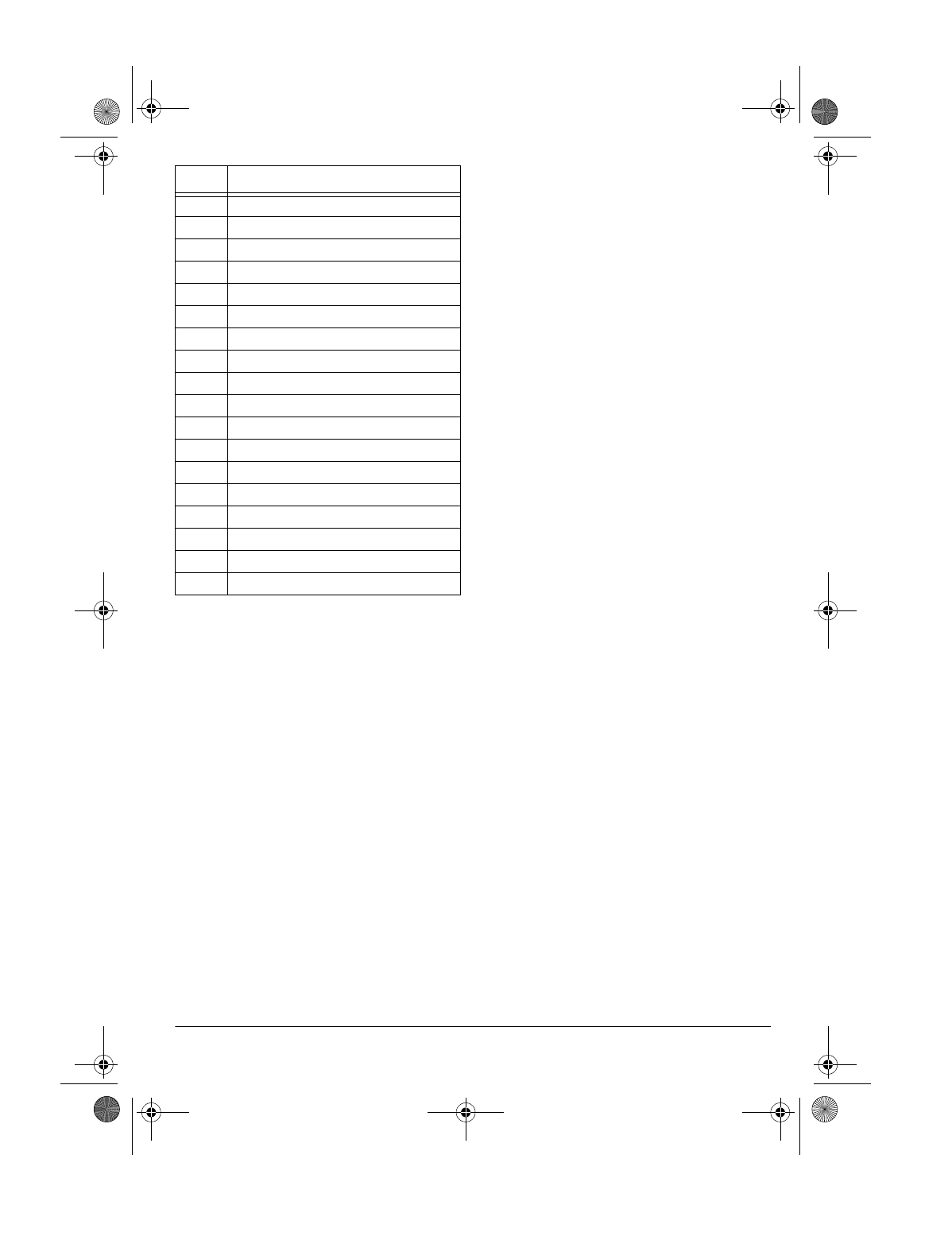
11
Operation
Note: Although this table lists the 10-codes’
meanings in the form of a statement, they
can also be phrased as questions (10-6: Are
you busy?, 10-20: What is your location?).
MAXIMUM RANGE
The maximum range and quality of CB radio
transmissions vary depending on the
following conditions:
• The type and quality of antenna used
• The height of the antenna’s mounting
location — the higher the antenna, the
better the signal’s range
• The surrounding terrain — mountains
and tall buildings limit the range
• Weather conditions
• The number of nearby radios operating
on the same channel
• Standing wave ratio (SWR) between the
antenna and the CB.
Note: Your CB radio’s transmission rage is
generally line-of -sight.
10-15 Message delivered.
10-16 Reply to message.
10-17 En route.
10-18 Urgent.
10-19 Contact _____.
10-20 What is your location?
10-21 Call _____ by telephone.
10-22 Cancel last message.
10-23 Arrived at the scene.
10-24 Assignment complete.
10-25 Meet _____.
10-26 Estimated time of arrival is _____.
10-30 Use caution.
10-31 Pick up.
10-33 Emergency traffic. Clear the channel.
10-34 What time is it?
10-41 Switch to Channel _____.
10-62 Cannot understand.
Code Meaning
21-1706.fm Page 11 Wednesday, January 9, 2002 8:37 AM
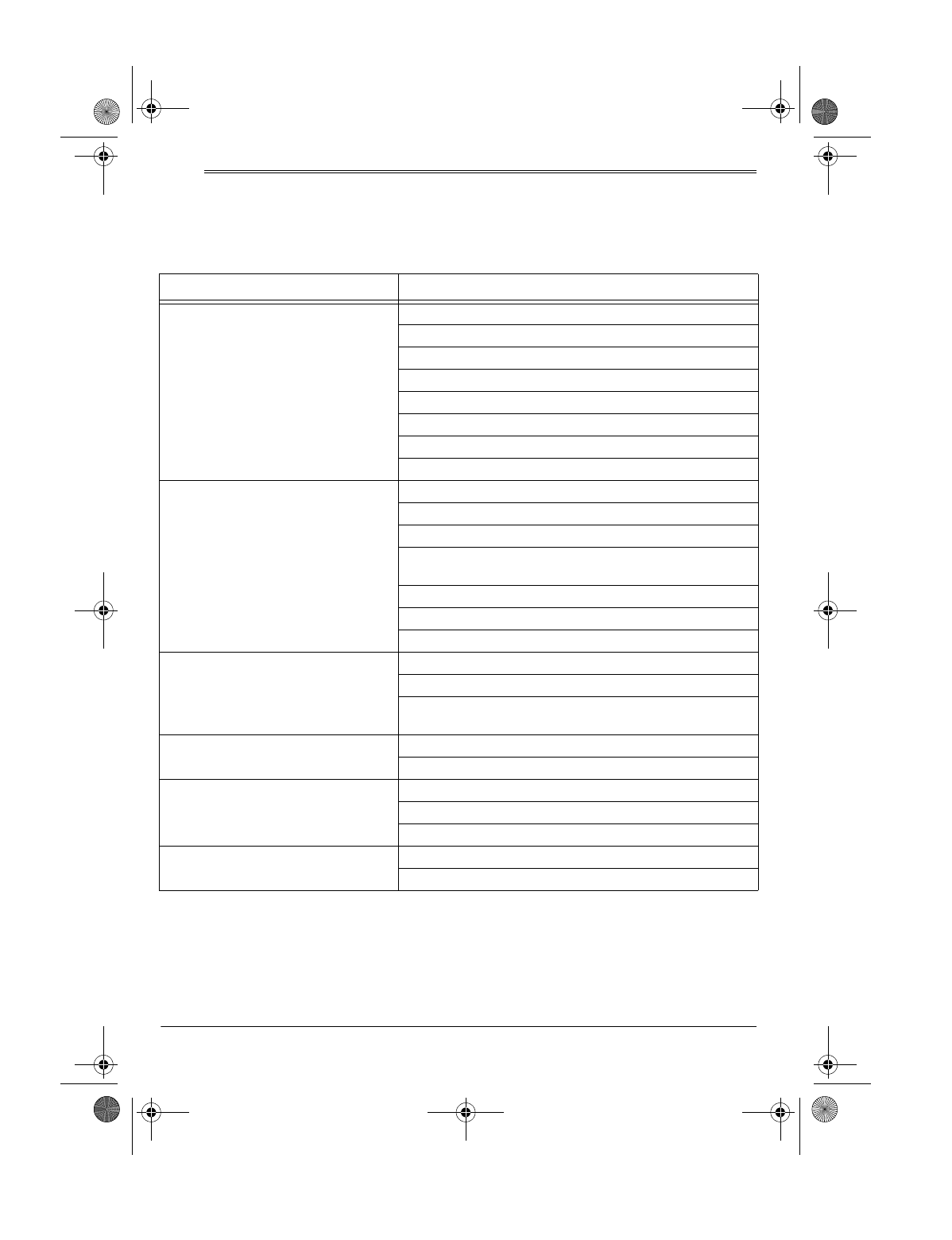
12 Troubleshooting
X
Troubleshootin
g
If your CB is not working as it should, follow
these suggestions to see if you can eliminate the problem. If you cannot, take the CB to
your local RadioShack store for assistance.
Symptom Check/Try
CB has trouble receiving. Turn transceiver power on.
Microphone connected? Secure connections.
Antenna connected? Secure connections.
Too much squelch? Adjust as needed.
Radio not on operating channel? Switch to an active channel.
Be sure PA/MON/CB is set to CB.
Adjust VOLUME.
Adjust RF GAIN.
CB has trouble transmitting. Turn transceiver power on.
Antenna connected? Secure connections.
All connections free of corrosion? Clean and tighten.
Microphone connector loose? Firmly press microphone con-
nector into jack.
Be sure PA/MON/CB is set to CB.
Radio not on operating channel? Switch to an active channel.
PUSH TO TALK fully pressed? Press completely.
CB does not work at all. Power connected? Secure connections.
Microphone connected? Secure connections.
Fuse needs replacing? Replace with identical fuse. See
“Replacing the Fuse” on Page 13.
Cannot select a channel. Be sure PA/MON/CB is set to CB.
PUSH TO TALK pressed? Release PUSH TO TALK.
PA does not work. Connect a PA speaker. Secure connections.
Be sure PA/MON/CB is set to PA.
Adjust VOLUME.
Sound is distorted. Adjust RF GAIN.
Adjust VOLUME.
21-1706.fm Page 12 Wednesday, January 9, 2002 8:37 AM
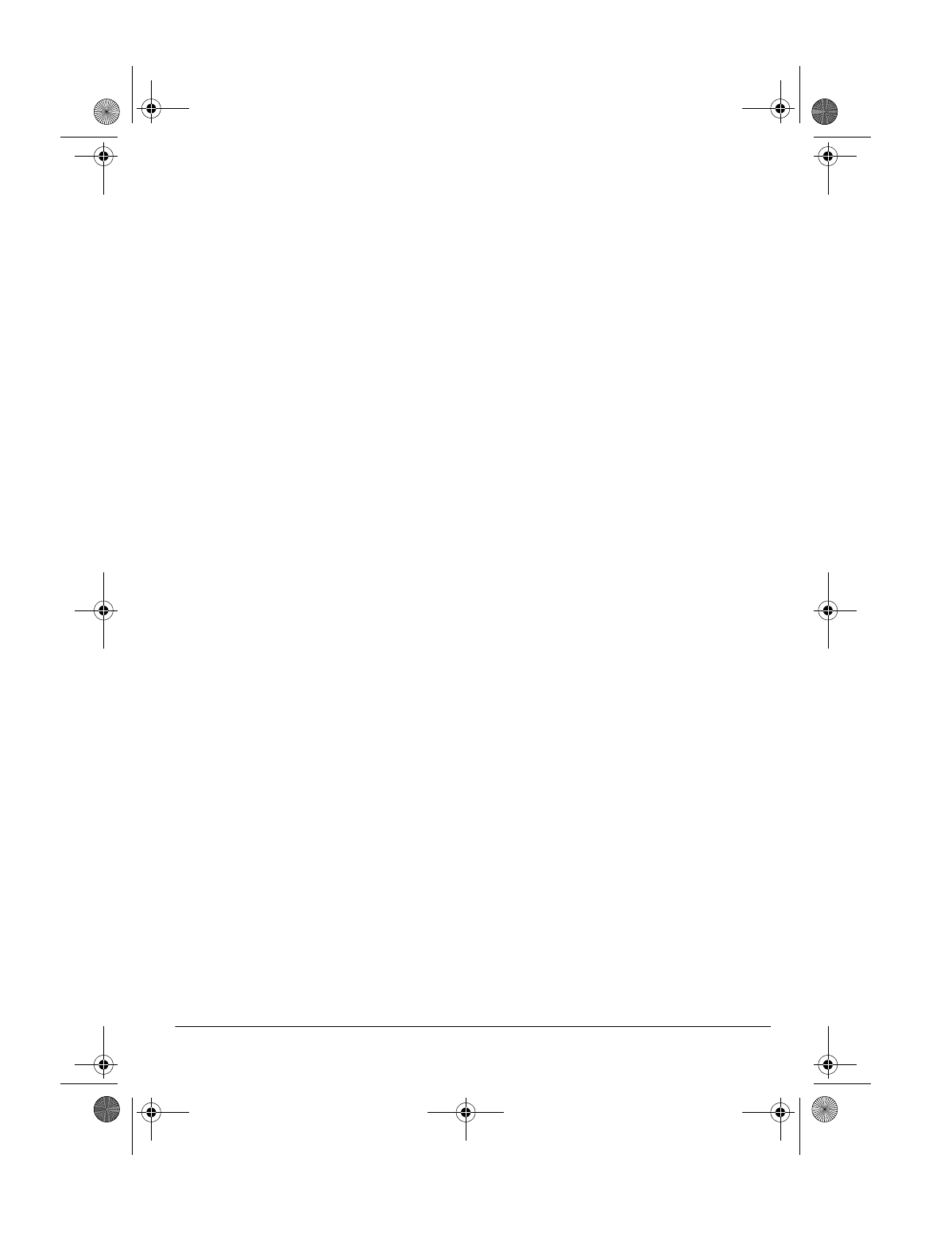
13
Troubleshooting
REDUCING NOISE
Because your CB is exceptionally quiet, any
noise you hear is probably from an external
source in your vehicle such as the alternator,
another radio or spark plugs.
The transceiver uses an ANL (Automatic
Noise Limiter) circuit to reduce noise.
However, if possible, try to eliminate noise by
finding its source.
You can determine the noise’s source by
turning off the engine and operating the CB
with your vehicle’s ignition set to ACC. If the
noise is reduced, the problem is in your
vehicle’s ignition or electrical system.
Here are a few hints to help you reduce or
eliminate such noise:
• Make all CB power and antenna wires
as short as possible.
• Route the power wires away from the
antenna wires.
• Be sure that the chassis ground
connection is secure.
• Replace old ignition wires with new,
high-voltage, noise suppression wires.
• Install noise suppressors on your spark
plugs, or install new spark plugs that
have built-in noise suppressors.
• If problems persist, check your
alternator/generator and regulator
gauges. You can reduce the noise from
these sources by using bypass
capacitors at the various output voltage
points.
Your local RadioShack store has a wide
selection of noise suppression accessories.
CARE
To enjoy your CB for a long time, keep the
CB dry. If it gets wet, wipe it dry immediately.
Use and store the CB only in normal
temperature environments. Handle the CB
gently and carefully. Do not drop it. Keep the
CB away from dust and dirt. Wipe the CB
with a damp cloth occasionally to keep it
looking new.
Modifying or tampering with the CB’s internal
components can cause malfunction and
invalidate its warranty and void your FCC
authorization to operate it. If your CB is not
performing as it should, take it to your local
RadioShack store for assistance.
REPLACING THE FUSE
The CB’s 2-amp in-line fuse helps protect
your CB from power surges and short
circuits. When replacement is required, use a
2-amp, slow-blow glass fuse.
Caution: Do not use a fuse with ratings other
than those specified. Doing so might damage
your CB.
Follow these steps to replace the fuse.
1. Make sure the power source and CB are
both off.
2. Hold the fuse holder by both ends, push
the ends together, twist one end
counterclockwise, then pull them apart.
3. Remove the old fuse. If it is blown, insert
a new one of the same type and rating.
If it is not blown, reinsert it.
4. Push the fuse holder ends together and
twist one end clockwise.
21-1706.fm Page 13 Wednesday, January 9, 2002 8:37 AM
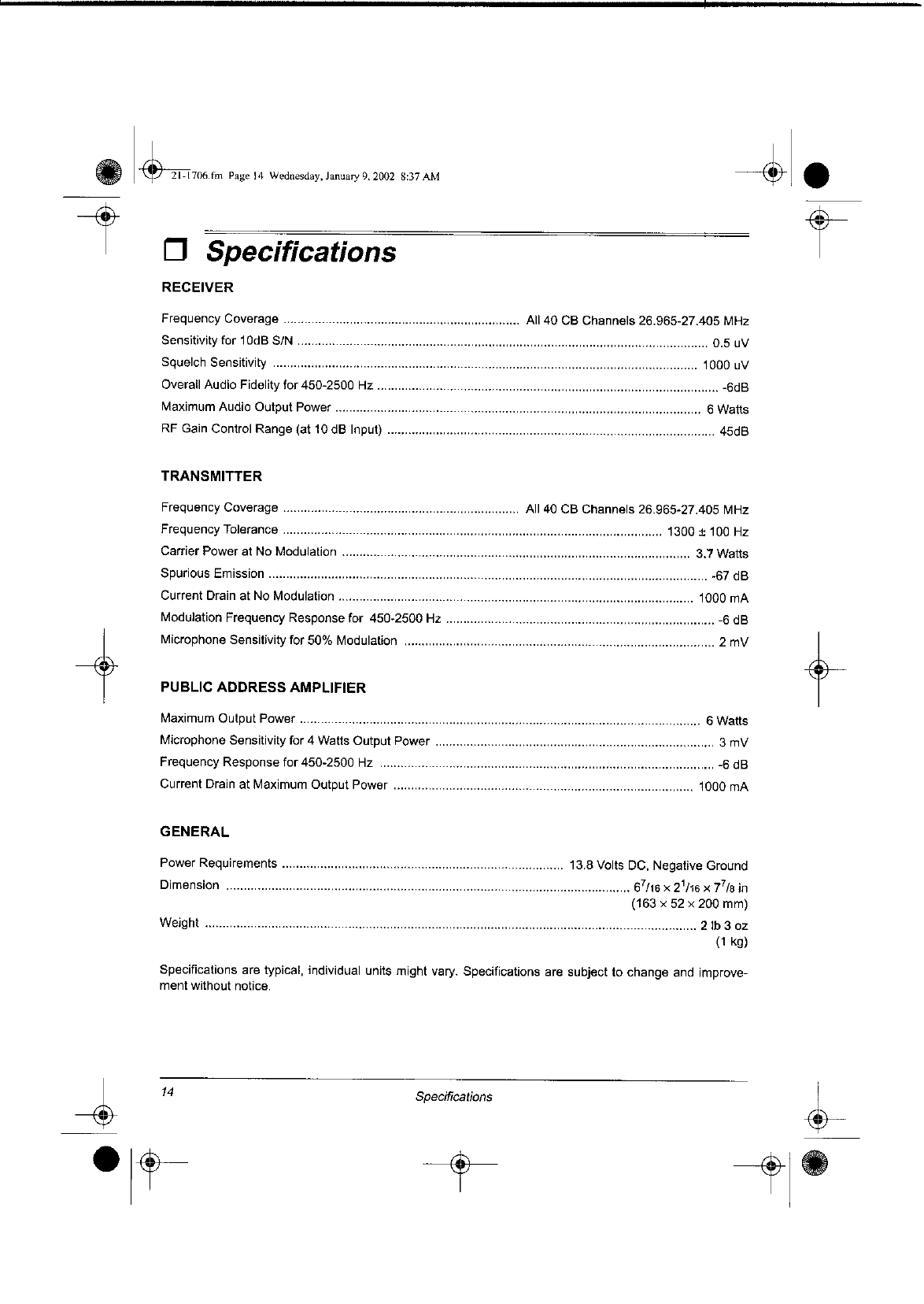
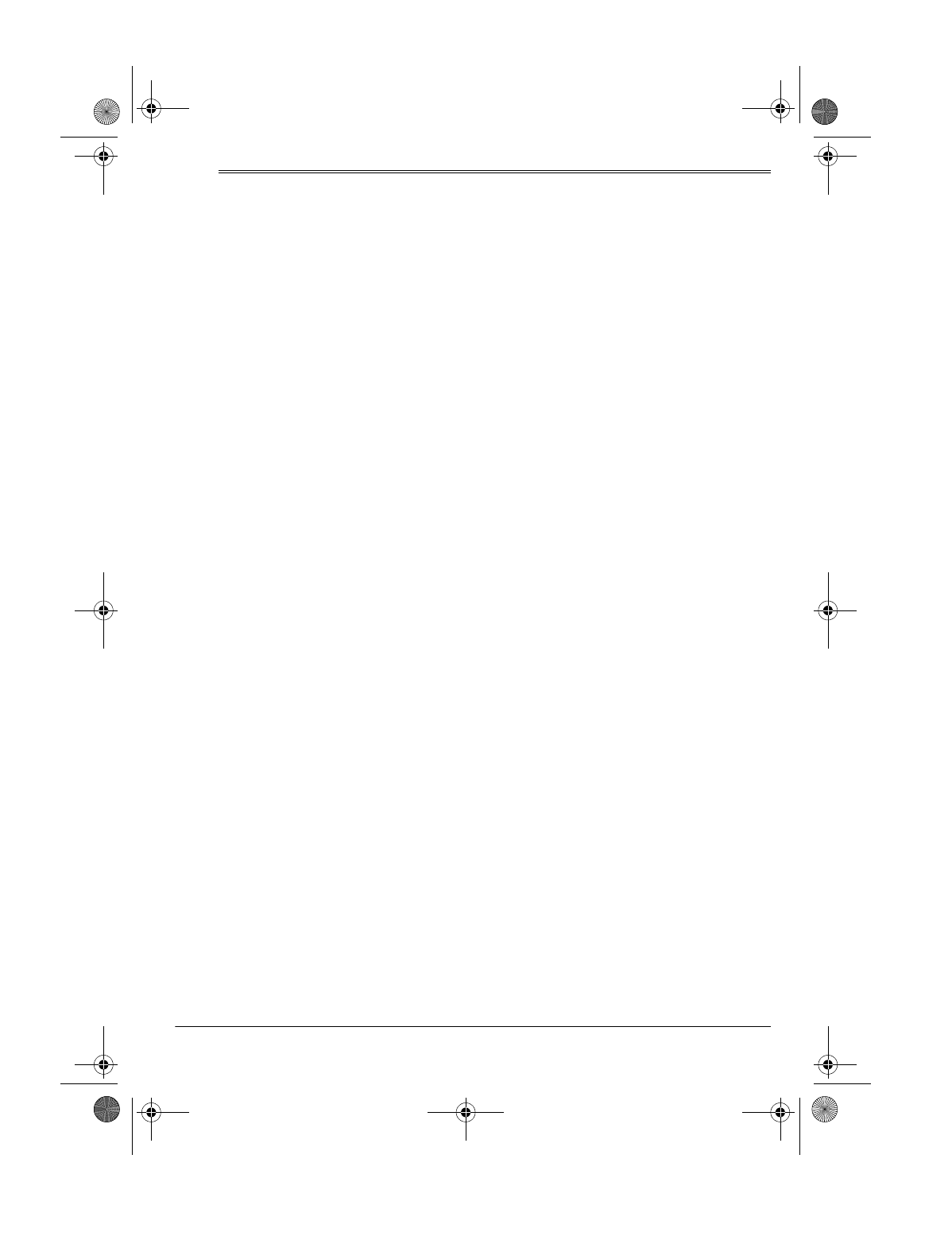
15
Notes
X
Notes
21-1706.fm Page 15 Wednesday, January 9, 2002 8:37 AM
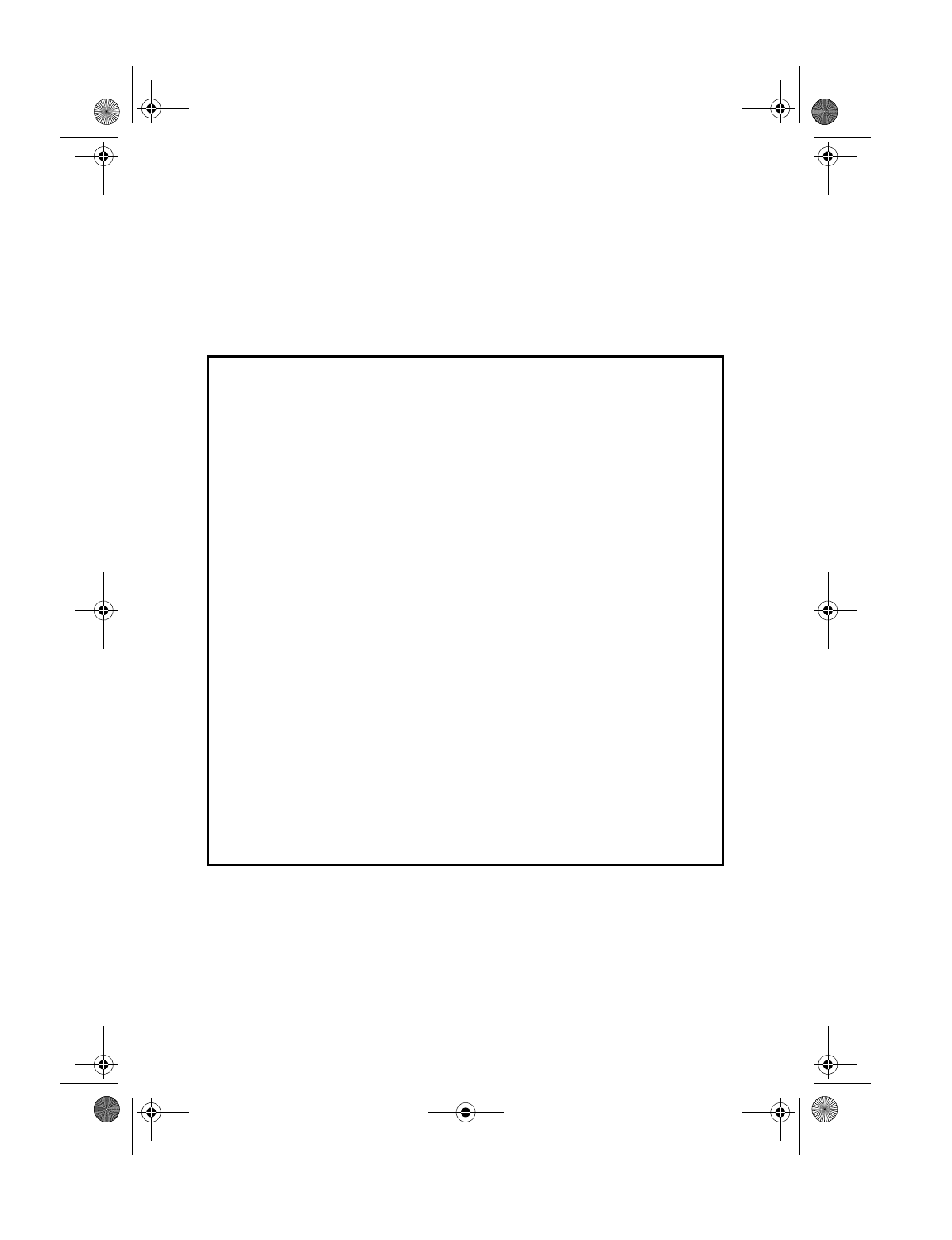
21-1706
AO0083AAA1
1A02
Printed in China
RadioShack Corporation
Fort Worth, Texas 76102
Limited Ninety-Day Warranty
This product is warranted by RadioShack against manufacturing defects in material and workman-
ship under normal use for ninety (90) days from the date of purchase from RadioShack company-
owned stores and authorized RadioShack franchisees and dealers. EXCEPT AS PROVIDED
HEREIN, RadioShack MAKES NO EXPRESS WARRANTIES AND ANY IMPLIED WARRANTIES,
INCLUDING THOSE OF MERCHANTABILITY AND FITNESS FOR A PARTICULAR PURPOSE,
ARE LIMITED IN DURATION TO THE DURATION OF THE WRITTEN LIMITED WARRANTIES
CONTAINED HEREIN. EXCEPT AS PROVIDED HEREIN, RadioShack SHALL HAVE NO LIABIL-
ITY OR RESPONSIBILITY TO CUSTOMER OR ANY OTHER PERSON OR ENTITY WITH RE-
SPECT TO ANY LIABILITY, LOSS OR DAMAGE CAUSED DIRECTLY OR INDIRECTLY BY USE
OR PERFORMANCE OF THE PRODUCT OR ARISING OUT OF ANY BREACH OF THIS WAR-
RANTY, INCLUDING, BUT NOT LIMITED TO, ANY DAMAGES RESULTING FROM INCONVE-
NIENCE, LOSS OF TIME, DATA, PROPERTY, REVENUE, OR PROFIT OR ANY INDIRECT,
SPECIAL, INCIDENTAL, OR CONSEQUENTIAL DAMAGES, EVEN IF RadioShack HAS BEEN AD-
VISED OF THE POSSIBILITY OF SUCH DAMAGES.
Some states do not allow limitations on how long an implied warranty lasts or the exclusion or limita-
tion of incidental or consequential damages, so the above limitations or exclusions may not apply to
you.
In the event of a product defect during the warranty period, take the product and the RadioShack
sales receipt as proof of purchase date to any RadioShack store. RadioShack will, at its option, un-
less otherwise provided by law: (a) correct the defect by product repair without charge for parts and
labor; (b) replace the product with one of the same or similar design; or (c) refund the purchase
price. All replaced parts and products, and products on which a refund is made, become the prop-
erty of RadioShack. New or reconditioned parts and products may be used in the performance of
warranty service. Repaired or replaced parts and products are warranted for the remainder of the
original warranty period. You will be charged for repair or replacement of the product made after the
expiration of the warranty period.
This warranty does not cover: (a) damage or failure caused by or attributable to acts of God, abuse,
accident, misuse, improper or abnormal usage, failure to follow instructions, improper installation or
maintenance, alteration, lightning or other incidence of excess voltage or current; (b) any repairs
other than those provided by a RadioShack Authorized Service Facility; (c) consumables such as
fuses or batteries; (d) cosmetic damage; (e) transportation, shipping or insurance costs; or (f) costs
of product removal, installation, set-up service adjustment or reinstallation.
This warranty gives you specific legal rights, and you may also have other rights which vary from
state to state.
RadioShack Customer Relations, 200 Taylor Street, 6th Floor, Fort Worth, TX 76102
We Service What We Sell
12/99
21-1706.fm Page 16 Wednesday, January 9, 2002 8:37 AM
538
47 CFR Ch. I (10–1–01 Edition)§95.222
(3) Tune a receiver to your R/C trans-
mitter.
(Secs. 4(i) and 303(r), Communications Act of
1934, as amended, 47 U.S.C. 154(i) and 303(r),
and sec. 553 of the Administrative Proce-
dures Act, 5 U.S.C. 553)
[48 FR 24890, June 3, 1983, as amended at 49
FR 20673, May 16, 1984; 63 FR 36610, July 7,
1998]
§95.222 (R/C Rule 22) May I make any
changes to my R/C station trans-
mitter?
(a) You must not make or have any-
one else make an internal modification
to your R/C transmitter.
(b) Internal modification does not in-
clude:
(1) Repair or servicing of an R/C sta-
tion transmitter (see R/C Rule 21,
§95.221); or
(2) Changing plug-in modules which
were certificated as part of your R/C
transmitter.
(c) You must not operate an R/C
transmitter which has been modified
by anyone in any way, including modi-
fication to operate on unauthorized fre-
quencies or with illegal power. (See R/
C Rules 9 and 10, §§ 95.209 and 95.210.)
[48 FR 24894, June 3, 1983, as amended at 63
FR 36610, July 7, 1998]
§95.223 (R/C Rule 23) Do I have to
make my R/C station available for
inspection?
(a) If an authorized FCC representa-
tive requests to inspect your R/C sta-
tion, you must make your R/C station
and records available for inspection.
(b) An R/C station includes all of the
radio equipment you use.
§95.224 (R/C Rule 24) What are my sta-
tion records?
Your station records include the fol-
lowing documents, as applicable:
(a) A copy of each response to an FCC
violation notice or an FCC letter. (See
R/C Rule 19, §95.219.)
(b) Each written permission received
from the FCC. (See R/C Rule 17.)
§95.225 (R/C Rule 25) How do I contact
the FCC?
(a) FCC National Call Center at 1–
888–225–5322.
(b) FCC World Wide Web homepage:
http://www.fcc.gov.
(c) In writing, to FCC, Attention: R/
C, 1270 Fairfield Road, Gettysburg, PA
17325–7245.
[63 FR 68976, Dec. 14, 1998]
Subpart D—Citizens Band (CB)
Radio Service
S
OURCE
: 48 FR 24894, June 3, 1983, unless
otherwise noted.
G
ENERAL
P
ROVISIONS
§95.401 (CB Rule 1) What are the Citi-
zens Band Radio Services?
The Citizens Band Radio Services
are:
(a) The Citizens Band (CB) Radio
Service—a private, two-way, short-dis-
tance voice communications service for
personal or business activities of the
general public. The CB Radio Service
may also be used for voice paging.
(b) The Family Radio Service
(FRS)—a private, two-way, very short-
distance voice communications service
for facilitating family and group ac-
tivities. The rules for this service are
contained in subpart B of this part.
(c) The Low Power Radio Service
(LPRS)—a private, short-distance com-
munication service providing auditory
assistance to persons with disabilities,
persons who require language trans-
lation, and persons in educational set-
tings, health care assistance to the ill,
law enforcement tracking services in
cooperation with law enforcement, and
point-to-point network control commu-
nications for Automated Marine Tele-
communications System (AMTS) coast
stations licensed under part 80 of this
chapter. The rules for this service are
listed under subpart G of this part.
Two-way voice communications are
prohibited.
(d) The Medical Implant Communica-
tions Service (MICS)—an ultra-low
power radio service for the trans-
mission of non-voice data for the pur-
pose of facilitating diagnostic and/or
therapeutic functions involving im-
planted medical devices. The rules for
this service are contained in subpart I
of this part.
(e) The Wireless Medical Telemetry
Service (WMTS)—a private, short dis-
tance data communication service for
VerDate 11<MAY>2000 09:08 Oct 16, 2001 Jkt 194192 PO 00000 Frm 00538 Fmt 8010 Sfmt 8010 Y:\SGML\194192T.XXX pfrm04 PsN: 194192T
539
Federal Communications Commission §95.405
the transmission of patient medical in-
formation to a central monitoring lo-
cation in a hospital or other medical
facility. Voice and video communica-
tions are prohibited. Waveforms such
as electrocardiograms (ECGs) are not
considered video. The rules for this
service are contained in subpart H of
this part.
(f) The Multi-Use Radio Service
(MURS)—a private, two-way, short-dis-
tance voice, data or image communica-
tions service for personal or business
activities of the general public. The
rules for this service are contained in
subpart J of this part.
[61 FR 28769, June 6, 1996, as amended at 61
FR 46566, Sept. 4, 1996; 64 FR 69929, Dec. 15,
1999; 65 FR 44008, July 17, 2000; 65 FR 53190,
Sept. 1, 2000; 65 FR 60877, Oct. 13, 2000]
§95.402 (CB Rule 2) How do I use
these rules?
(a) You must comply with these rules
(See CB Rule 21 §95.421, for the pen-
alties for violations) when you operate
a station in the CB Service from:
(1) Within or over the territorial lim-
its of places where radio services are
regulated by the FCC (see CB Rule 5,
§95.405);
(2) Aboard any vessel or aircraft reg-
istered in the United States; or
(3) Aboard any unregistered vessel or
aircraft owned or operated by a United
States citizen or company.
(b) Your CB station must comply
with technical rules found in subpart E
of part 95.
(c) Where the rules use the word
‘‘you’’, ‘‘you’’ means a person oper-
ating a CB station.
(d) Where the rules use the word
‘‘person,’’ the rules are concerned with
an individual, a corporation, a partner-
ship, an association, a joint stock com-
pany, a trust, a state, territorial or
local government unit, or other legal
entity.
(e) Where the rules use the term
‘‘FCC’’, that means the Federal Com-
munications Commission.
(f) Where the rules use the term ‘‘CB
station’’, that means a radio station
transmitting in the CB Radio Service.
§95.403 (CB Rule 3) Am I eligible to
operate a CB station?
You are authorized to operate a CB
station unless:
(a) You are a foreign government, a
representative of a foreign govern-
ment, or a federal government agency;
or
(b) The FCC has issued a cease and
desist order to you, and the order is
still in effect.
§95.404 (CB Rule 4) Do I need a li-
cense?
You do not need an individual license
to operate a CB station. You are au-
thorized by this rule to operate your
CB station in accordance with the rules
in this subpart.
§95.405 (CB Rule 5) Where may I oper-
ate my CB station?
You are authorized to operate your
CB station from:
(a) Within or over any area of the
world where radio services are regu-
lated by the FCC. Those areas are with-
in the territorial limits of:
(1) The fifty United States.
(2) The District of Columbia.
Caribbean Insular areas
(3) Commonwealth of Puerto Rico.
(4) Navassa Island.
(5) United States Virgin Islands (50
islets and cays).
Pacific Insular areas
(6) American Samoa (seven islands).
(7) Baker Island.
(8) Commonwealth of Northern Mar-
iana Islands.
(9) Guam Island.
(10) Howland Island.
(11) Jarvis Island.
(12) Johnston Island (Islets East,
Johnston, North and Sand).
(13) Kingman Reef.
(14) Midway Island (Islets Eastern
and Sand).
(15) Palmyra Island (more than 50 is-
lets).
(16) Wake Island (Islets Peale, Wake
and Wilkes).
(b) Any other area of the world, ex-
cept within the territorial limits of
areas where radio services are regu-
lated by—
VerDate 11<MAY>2000 09:08 Oct 16, 2001 Jkt 194192 PO 00000 Frm 00539 Fmt 8010 Sfmt 8010 Y:\SGML\194192T.XXX pfrm04 PsN: 194192T

540
47 CFR Ch. I (10–1–01 Edition)§ 95.406
(1) An agency of the United States
other than the FCC. (You are subject
to its rules.)
(2) Any foreign government. (You are
subject to its rules.)
(c) An aircraft or ship, with the per-
mission of the captain, within or over
any area of the world where radio serv-
ices are regulated by the FCC or upon
or over international waters. You must
operate your CB station according to
any applicable treaty to which the
United States is a party.
(d) Anyone intending to operate a CB
station on the islands of Puerto Rico,
Desecheo, Mona, Vieques, and Culebra
in a manner that could pose an inter-
ference threat to the Arecibo Observ-
atory shall notify the Interference Of-
fice, Arecibo Observatory, Post Office
Box 995, Arecibo, Puerto Rico 00613, in
writing or electronically, of the loca-
tion of the unit. Operators may wish to
consult interference guidelines, which
will be provided by Cornell University.
Operators who choose to transmit in-
formation electronically should e-mail
to: prcz@naic.edu.
(1) The notification to the Inter-
ference Office, Arecibo Observatory
shall be made 45 days prior to com-
mencing operation of the unit. The no-
tification shall state the geographical
coordinates of the unit.
(2) After receipt of such notifications,
the Commission will allow the Arecibo
Observatory a period of 20 days for
comments or objections. The operator
will be required to make reasonable ef-
forts in order to resolve or mitigate
any potential interference problem
with the Arecibo Observatory. If the
Commission determines that an oper-
ator has satisfied its responsibility to
make reasonable efforts to protect the
Observatory from interference, the
unit may be allowed to operate.
[48 FR 24894, June 3, 1983, as amended at 62
FR 55535, Oct. 27, 1997]
§95.406 (CB Rule 6) Are there any spe-
cial restrictions on the location of
my CB station?
(a) If your CB station is located on
premises controlled by the Department
of Defense you may be required to com-
ply with additional regulations im-
posed by the commanding officer of the
installation.
(b) If your C/B station will be con-
structed on an environmentally sen-
sitive site, or will be operated in such
a manner as to raise environmental
problems, under §1.1307 of this chapter,
you must provide an environmental as-
sessment, as set forth in §1.1311 of this
chapter, and undergo the environ-
mental review, §1.1312 of this chapter,
before commencement of construction.
[48 FR 24894, June 3, 1983, as amended at 55
FR 20398, May 16, 1990]
H
OW
T
O
O
PERATE A
CB S
TATION
§95.407 (CB Rule 7) On what channels
may I operate?
(a) Your CB station may transmit
only on the following channels (fre-
quencies):
Channel Frequency
(megahertz—
MHz)
1 ...................................................................... 26.965
2 ...................................................................... 26.975
3 ...................................................................... 26.985
4 ...................................................................... 27.005
5 ...................................................................... 27.015
6 ...................................................................... 27.025
7 ...................................................................... 27.035
8...................................................................... 27.055
9......................................................................
1
27.065
10 .................................................................... 27.075
11 .................................................................... 27.085
12 .................................................................... 27.105
13 .................................................................... 27.115
14 .................................................................... 27.125
15 .................................................................... 27.135
16 .................................................................... 27.155
17 .................................................................... 27.165
18 .................................................................... 27.175
19 .................................................................... 27.185
20 .................................................................... 27.205
21 .................................................................... 27.215
22 .................................................................... 27.225
23 .................................................................... 27.255
24 .................................................................... 27.235
25 .................................................................... 27.245
26 .................................................................... 27.265
27 .................................................................... 27.275
28 .................................................................... 27.285
29 .................................................................... 27.295
30 .................................................................... 27.305
31 .................................................................... 27.315
32 .................................................................... 27.325
33 .................................................................... 27.335
34 .................................................................... 27.345
35 .................................................................... 27.355
36 .................................................................... 27.365
37 .................................................................... 27.375
38 .................................................................... 27.385
39 .................................................................... 27.395
40 .................................................................... 27.405
1
See paragraph (b) of this section.
(b) Channel 9 may be used only for
emergency communications or for
traveler assistance.
VerDate 11<MAY>2000 09:08 Oct 16, 2001 Jkt 194192 PO 00000 Frm 00540 Fmt 8010 Sfmt 8010 Y:\SGML\194192T.XXX pfrm04 PsN: 194192T
541
Federal Communications Commission § 95.411
(c) You must, at all times and on all
channels, give priority to emergency
communication messages concerning
the immediate safety of life or the im-
mediate protection of property.
(d) You may use any channel for
emergency communications or for
traveler assistance.
(e) You must share each channel with
other users.
(f) The FCC will not assign any chan-
nel for the private or exclusive use of
any particular CB station or group of
stations.
(g) The FCC will not assign any chan-
nel for the private of exclusive use of
CB stations transmitting single side-
band or AM.
§95.408 (CB Rule 8) How high may I
put my antenna?
(a) Antenna means the radiating sys-
tem (for transmitting, receiving or
both) and the structure holding it up
(tower, pole or mast). It also means ev-
erything else attached to the radiating
system and the structure.
(b) If your antenna is mounted on a
hand-held portable unit, none of the
following limitations apply.
(c) If your antenna is installed at a
fixed location, it (whether receiving,
transmitting or both) must comply
with either one of the following:
(1) The highest point must not be
more than 6.10 meters (20 feet) higher
than the highest point of the building
or tree on which it is mounted; or
(2) The highest point must not be
more than 18.3 meters (60 feet) above
the ground.
(d) If your CB station is located near
an airport, and if you antenna struc-
ture is more than 6.1 meters (20 feet)
high, you may have to obey additional
restrictions. The highest point of your
antenna must not exceed one meter
above the airport elevation for every
hundred meters of distance from the
nearest point of the nearest airport
runway. Differences in ground ele-
vation between your antenna and the
airport runway may complicate this
formula. If your CB station is near an
airport, you may contact the nearest
FCC field office for a worksheet to help
you figure the maximum allowable
height of your antenna. Consult part 17
of the FCC’s Rules for more informa-
tion.
W
ARNING
: Installation and removal of CB
station antennas near powerlines is dan-
gerous. For your safety, follow the installa-
tion directions included with your antenna.
[48 FR 24894, June 3, 1983, as amended at 48
FR 41416, Sept. 15, 1983]
§95.409 (CB Rule 9) What equipment
may I use at my CB station?
(a) You must use an FCC certificated
CB transmitter at your CB station.
You can identify an FCC certificated
transmitter by the certification label
placed on it by the manufacturer. You
may examine a list of certificated
equipment at any FCC Field Office or
at FCC Headquarters. Use of a trans-
mitter which is not FCC certificated
voids your authority to operate the
station.
(b) You must not make, or have
made, any internal modification to a
certificated CB transmitter. (See CB
Rule 25, §95.425). Any internal modi-
fication to a certificated CB trans-
mitter cancels the certification, and
use of such a transmitter voids your
authority to operate the station.
[48 FR 24894, June 3, 1983, as amended at 63
FR 36610, July 7, 1998]
§95.410 (CB Rule 10) How much power
may I use?
(a) Your CB station transmitter
power output must not exceed the fol-
lowing values under any conditions:
AM (A3)—4 watts (carrier power) SSB—12
watts (peak envelope power)
(b) If you need more information
about the power rule, see the technical
rules in subpart E of part 95.
(c) Use of a transmitter which has
carrier or peak envelope power in ex-
cess of that authorized voids your au-
thority to operate the station.
§95.411 (CB Rule 11) May I use power
amplifiers?
(a) You may not attach the following
items (power amplifiers) to your cer-
tificated CB transmitter in any way:
(1) External radio frequency (RF)
power amplifiers (sometimes called
linears or linear amplifiers); or
VerDate 11<MAY>2000 09:08 Oct 16, 2001 Jkt 194192 PO 00000 Frm 00541 Fmt 8010 Sfmt 8010 Y:\SGML\194192T.XXX pfrm04 PsN: 194192T
542
47 CFR Ch. I (10–1–01 Edition)§ 95.412
(2) Any other devices which, when
used with a radio transmitter as a sig-
nal source, are capable of amplifying
the signal.
(b) There are no exceptions to this
rule and use of a power amplifier voids
your authority to operate the station.
(c) The FCC will presume you have
used a linear or other external RF
power amplifier if—
(1) It is in your possession or on your
premises; and
(2) There is other evidence that you
have operated your CB station with
more power than allowed by CB Rule
10, §95.410.
(d) Paragraph (c) of this section does
not apply if you hold a license in an-
other radio service which allows you to
operate an external RF power ampli-
fier.
[48 FR 24894, June 3, 1983, as amended at 63
FR 36610, July 7, 1998]
§95.412 (CB Rule 12) What commu-
nications may be transmitted?
(a) You may use your CB station to
transmit two-way plain language com-
munications. Two-way plain language
communications are communications
without codes or coded messages. Oper-
ating signals such as ‘‘ten codes’’ are
not considered codes or coded mes-
sages. You may transmit two-way
plain language communications only
to other CB stations, to units of your
own CB station or to authorized gov-
ernment stations on CB frequencies
about—
(1) Your personal or business activi-
ties or those of members of your imme-
diate family living in your household;
(2) Emergencies (see CB Rule 18,
§95.418);
(3) Traveler assistance (see CB Rule
18, §95.418); or
(4) Civil defense activities in connec-
tion with official tests or drills con-
ducted by, or actual emergencies an-
nounced by, the civil defense agency
with authority over the area in which
your station is located.
(b) You may use your CB station to
transmit a tone signal only when the
signal is used to make contact or to
continue communications. (Examples
of circuits using these signals are tone
operated squelch and selective calling
circuits.) If the signal is an audible
tone, it must last no longer than 15
seconds at one time. If the signal is a
subaudible tone, it may be transmitted
continuously only as long as you are
talking.
(c) You may use your CB station to
transmit one-way communications
(messages which are not intended to es-
tablish communications between two
or more particular CB stations) only
for emergency communications, trav-
eler assistance, brief tests (radio
checks) or voice paging.
§95.413 (CB Rule 13) What commu-
nications are prohibited?
(a) You must not use a CB station—
(1) In connection with any activity
which is against federal, state or local
law;
(2) To transmit obscence, indecent or
profane words, language or meaning;
(3) To interfere intentionally with
the communications of another CB sta-
tion;
(4) To transmit one-way communica-
tions, except for emergency commu-
nications, traveler assistance, brief
tests (radio checks), or voice paging;
(5) To advertise or solicit the sale of
any goods or services;
(6) To transmit music, whistling,
sound effects or any material to amuse
or entertain;
(7) To transmit any sound effect sole-
ly to attract attention;
(8) To transmit the word ‘‘MAYDAY’’
or any other international distress sig-
nal, except when your station is lo-
cated in a ship, aircraft or other vehi-
cle which is threatened by grave and
imminent danger and your are request-
ing immediate assistance;
(9) To communicate with, or attempt
to communicate with, any CB station
more than 250 kilometers (155.3 miles)
away;
(10) To advertise a political candidate
or political campaign; (you may use
your CB radio for the business or orga-
nizational aspects of a campaign, if you
follow all other applicable rules);
(11) To communicate with stations in
other countries, except General Radio
Service stations in Canada; or
(12) To transmit a false or deceptive
communication.
(b) You must not use a CB station to
transmit communications for live or
VerDate 11<MAY>2000 09:08 Oct 16, 2001 Jkt 194192 PO 00000 Frm 00542 Fmt 8010 Sfmt 8010 Y:\SGML\194192T.XXX pfrm04 PsN: 194192T
543
Federal Communications Commission § 95.419
delayed rebroadcast on a radio or tele-
vision broadcast station. You may use
your CB station to gather news items
or to prepare programs.
§95.414 (CB Rule 14) May I be paid to
use my CB station?
(a) You may not accept direct or in-
direct payment for transmitting with a
CB station.
(b) You may use a CB station to help
you provide a service, and be paid for
that service, as long as you are paid
only for the service and not for the ac-
tual use of the CB station.
§95.415 (CB Rule 15) Who is respon-
sible for communications I make?
You are responsible for all commu-
nications which are made by you from
a CB station.
§95.416 (CB Rule 16) Do I have to limit
the length of my communications?
(a) You must limit your CB commu-
nications to the minimum practical
time.
(b) If you are communicating with
another CB station or stations, you,
and the stations communicating with
you, must limit each of your conversa-
tions to no more than five continuous
minutes.
(c) At the end of your conversation,
you, and the stations communicating
with you, must not transmit again for
at least one minute.
§95.417 (CB Rule 17) Do I identify my
CB communications?
(a) You need not identify your CB
communications.
(b) [You are encouraged to identify
your CB communications by any of the
following means:
(1) Previously assigned CB call sign;
(2) K prefix followed by operator ini-
tials and residence zip code;
(3) Name; or
(4) Organizational description includ-
ing name and any applicable operator
unit number.]
(c) [You are encouraged to use your
‘‘handle’’ only in conjuction with the
methods of identification listed in
paragraph (b) of this section.]
§95.418 (CB Rule 18) How do I use my
CB station in an emergency or to
assist a traveler?
(a) You must at all times and on all
channels, give priority to emergency
communications.
(b) When you are directly partici-
pating in emergency communications,
you do not have to comply with the
rule about length of transmissions (CB
Rule 16, §95.416). You must obey all
other rules.
(c) You may use your CB station for
communications necessary to assist a
traveler to reach a destination or to re-
ceive necessary services. When you are
using your CB station to assist a trav-
eler, you do not have to obey the rule
about length of transmissions (CB Rule
16, §95.416). You must obey all other
rules.
(d) You may use your CB station to
transmit one-way communications
concerning highway conditions to as-
sist travelers.
[48 FR 24894, June 3, 1983, as amended at 57
FR 22442, May 28, 1992]
§95.419 (CB Rule 19) May I operate my
CB station transmitter by remote
control?
(a) You may not operate a CB station
transmitter by radio remote control.
(b) You may operate a CB trans-
mitter by wireline remote control if
you obtain specific approval in writing
from the FCC. To obtain FCC approval,
you must show why you need to oper-
ate your station by wireline remote
control. If you receive FCC approval,
you must keep the approval as part of
your station records. See CB Rule 27,
§95.427.
(c) Remote control means operation
of a CB transmitter from any place
other than the location of the CB
transmitter. Direct mechanical control
or direct electrical control by wire
from some point on the same premises,
craft or vehicle as the CB transmitter
is not considered remote control.
[48 FR 24894, June 3, 1983, as amended at 57
FR 40343, Sept. 3, 1992; 63 FR 68976, Dec. 14,
1998]
VerDate 11<MAY>2000 09:08 Oct 16, 2001 Jkt 194192 PO 00000 Frm 00543 Fmt 8010 Sfmt 8010 Y:\SGML\194192T.XXX pfrm04 PsN: 194192T
544
47 CFR Ch. I (10–1–01 Edition)§ 95.420
§95.420 (CB Rule 20) May I connect
my CB station transmitter to a tele-
phone?
(a) You may connect your CB station
transmitter to a telephone if you com-
ply with all of the following:
(1) You or someone else must be
present at your CB station and must—
(i) Manually make the connection
(the connection must not be made by
remote control);
(ii) Supervise the operation of the
transmitter during the connection;
(iii) Listen to each communication
during the connection; and
(iv) Stop all communications if there
are operations in violation of these
rules.
(2) Each communication during the
telephone connection must comply
with all of these rules.
(3) You must obey any restriction
that the telephone company places on
the connection of a CB transmitter to
a telephone.
(b) The CB transmitter you connect
to a telephone must not be shared with
any other CB station.
(c) If you connect your CB trans-
mitter to a telephone, you must use a
phone patch device with has been reg-
istered with the FCC.
O
THER
T
HINGS
Y
OU
N
EED
T
O
K
NOW
§95.421 (CB Rule 21) What are the
penalties for violating these rules?
(a) If the FCC finds that you have
willfully or repeatedly violated the
Communications Act or the FCC Rules,
you may have to pay as much as $10,000
for each violation, up to a total of
$75,000. (See section 503(b) of the Com-
munications Act.)
(b) If the FCC finds that you have
violated any section of the Commu-
nications Act or the FCC Rules, you
may be ordered to stop whatever action
caused the violation. (See section
312(b) of the Communications Act.)
(c) If a Federal court finds that you
have willfully and knowingly violated
any FCC Rule, you may be fined up to
$500 for each day you committed the
violation. (See section 502 of the Com-
munications Act.)
(d) If a Federal court finds that you
have willfully and knowingly violated
any provision of the Communications
Act, you may be fined up to $10,000 or
you may be imprisoned for one year, or
both. (See section 501 of the Commu-
nications Act.)
[48 FR 24894, June 3, 1983, as amended at 57
FR 40343, Sept. 3, 1992]
§95.422 (CB Rule 22) How do I answer
correspondence from the FCC?
(a) If it appears to the FCC that you
have violated the Communications Act
or these rules, the FCC may send you a
discrepancy notice.
(b) Within the time period stated in
the notice, you must answer with:
(1) A complete written statement
about the apparent discrepancy;
(2) A complete written statement
about any action you have taken to
correct the apparent violation and to
prevent it from happening again; and
(3) The name of the person operating
at the time of the apparent violation.
(c) If the FCC sends you a letter ask-
ing you questions about your CB radio
station or its operation, you must an-
swer each of the questions with a com-
plete written statement within the
time period stated in the letter.
(d) You must not shorten your an-
swer by references to other commu-
nications or notices.
(e) You must send your answer to the
FCC office which sent you the notice.
(f) You must keep a copy of your an-
swer in your station records. (See CB
Rule 27, §95.427.)
§95.423 (CB Rule 23) What must I do if
the FCC tells me that my CB station
is causing interference?
(a) If the FCC tells you that your CB
station is causing interference for tech-
nical reasons you must follow all in-
structions in the official FCC notice.
(This notice may require you to have
technical adjustments made to your
equipment.)
(b) You must comply with any re-
stricted hours of CB station operation
which may be included in the official
notice.
§95.424 (CB Rule 24) How do I have
my CB station transmitter serviced?
(a) You may adjust an antenna to
your CB transmitter and you may
make radio checks. (A radio check
means a one way transmission for a
VerDate 11<MAY>2000 09:08 Oct 16, 2001 Jkt 194192 PO 00000 Frm 00544 Fmt 8010 Sfmt 8010 Y:\SGML\194192T.XXX pfrm04 PsN: 194192T
545
Federal Communications Commission § 95.601
short time in order to test the trans-
mitter.)
(b) You are responsible for the proper
operation of the station at all times
and are expected to provide for obser-
vations, servicing and maintenance as
often as may be necessary to ensure
proper operation. You must have all in-
ternal repairs or internal adjustments
to your CB transmitter made in ac-
cordance with the Technical Regula-
tions (see subpart E). The internal re-
pairs or internal adjustments should be
performed by or under the immediate
supervision and responsibility of a per-
son certified as technically qualified to
perform transmitter maintenance and
repair duties in the private land mobile
services and fixed services by an orga-
nization or committee representative
of users in those services.
(c) Except as provided in paragraph
(d) of this section, each internal repair
and each internal adjustment of a CB
transmitter in which signals are trans-
mitted must be made using a nonradi-
ating (‘‘dummy’’) antenna.
(d) Brief test signals (signals not
longer than one minute during any five
minute period) using a radiating an-
tenna may be transmitted in order to:
(1) Adjust an antenna to a trans-
mitter;
(2) Detect or measure radiation of en-
ergy other than the intended signal; or
(3) Tune a receiver to your CB trans-
mitter.
(Secs. 4(i) and 303(r), Communications Act of
1934, as amended, 47 U.S.C. 154(i) and 303(r),
and sec. 553 of the Administrative Proce-
dures Act, 5 U.S.C. 553)
[48 FR 24894, June 3, 1983, as amended at 49
FR 20673, May 16, 1984]
§95.425 (CB Rule 25) May I make any
changes to my CB station trans-
mitter?
(a) You must not make or have any
one else make any internal modifica-
tion to your CB transmitter.
(b) Internal modification does not in-
clude:
(1) Repair or servicing of a CB station
transmitter (see CB Rule 24, §95.424); or
(2) Changing plug-in modules which
were certificated as part of your CB
transmitter.
(c) You must not operate a CB trans-
mitter which has been modified by any-
one in any way, including modification
to operate on unauthorized frequencies
or with illegal power. (See CB Rules 9
and 11, §§ 95.409 and 95.411.)
[48 FR 24894, June 3, 1983, as amended at 63
FR 36610, July 7, 1998]
§95.426 (CB Rule 26) Do I have to
make my CB station available for
inspection?
(a) If an authorized FCC representa-
tive requests to inspect your CB sta-
tion, you must make your CB station
and records available for inspection.
(b) A CB station includes all of the
radio equipment you use.
§95.427 (CB Rule 27) What are my sta-
tion records?
Your station records include the fol-
lowing documents, as applicable.
(a) A copy of each response to an FCC
violation notice or an FCC letter. (See
CB Rule 22, §95.422.)
(b) Each written permission received
from the FCC. (See CB Rule 19, §95.419.)
§95.428 (CB Rule 28) How do I contact
the FCC?
(a) FCC National Call Center at 1–
888–225–5322.
(b) FCC World Wide Web homepage:
http://www.fcc.gov.
(c) In writing, to FCC, Attention: CB,
1270 Fairfield Road, Gettysburg, PA
17325–7245.
[63 FR 68976, Dec. 14, 1998]
Subpart E—Technical Regulations
S
OURCE
: 53 FR 36789, Sept. 22, 1988, unless
otherwise noted.
G
ENERAL
P
ROVISIONS
§95.601 Basis and purpose.
This section provides the technical
standards to which each transmitter (ap-
paratus that converts electrical energy
received from a source into RF (radio
frequency) energy capable of being ra-
diated) used or intended to be used in a
station authorized in any of the Per-
sonal Radio Services must comply.
This section also provides require-
ments for obtaining certification for
such transmitters. The Personal Radio
VerDate 11<MAY>2000 09:08 Oct 16, 2001 Jkt 194192 PO 00000 Frm 00545 Fmt 8010 Sfmt 8010 Y:\SGML\194192T.XXX pfrm04 PsN: 194192T